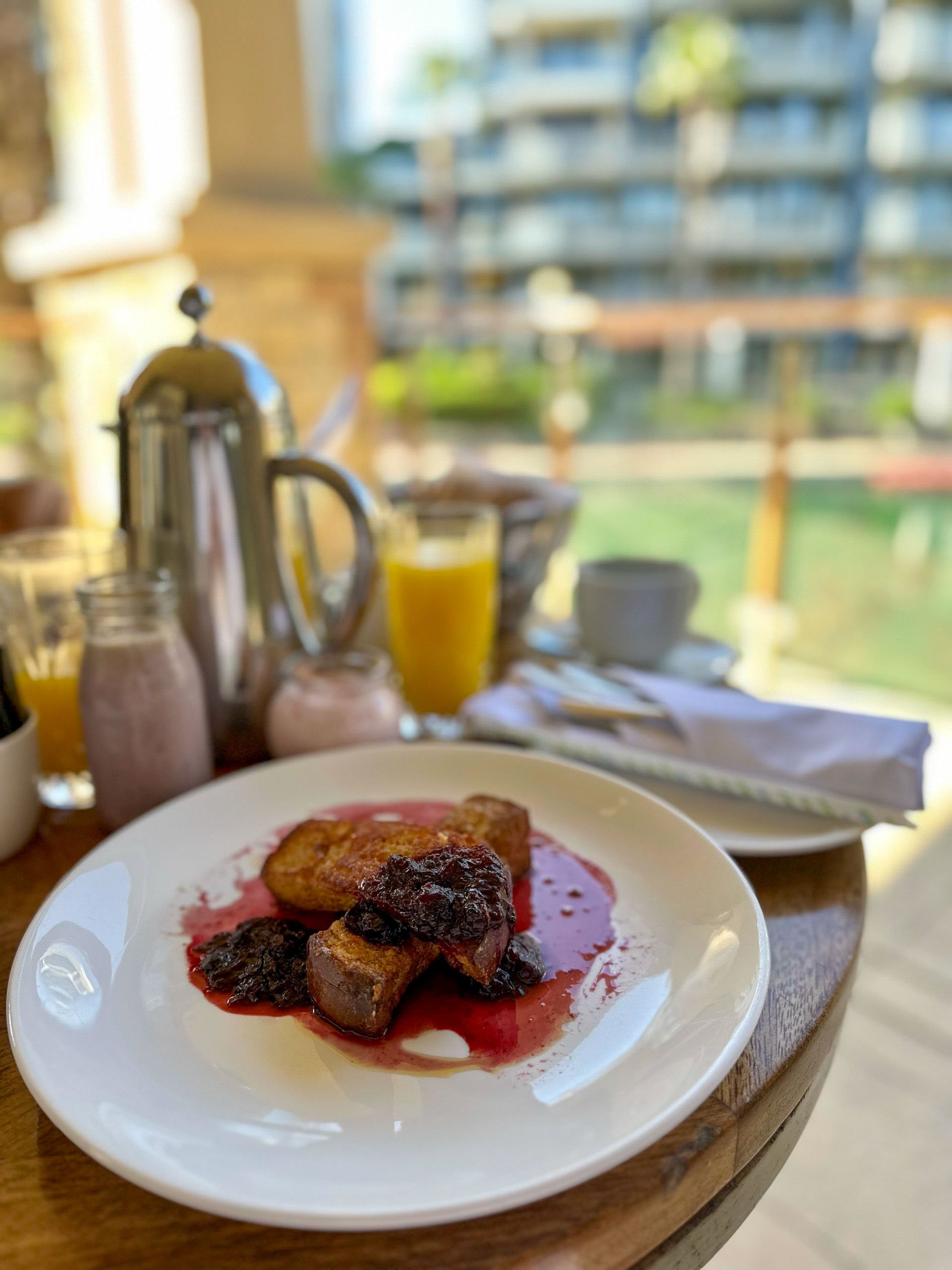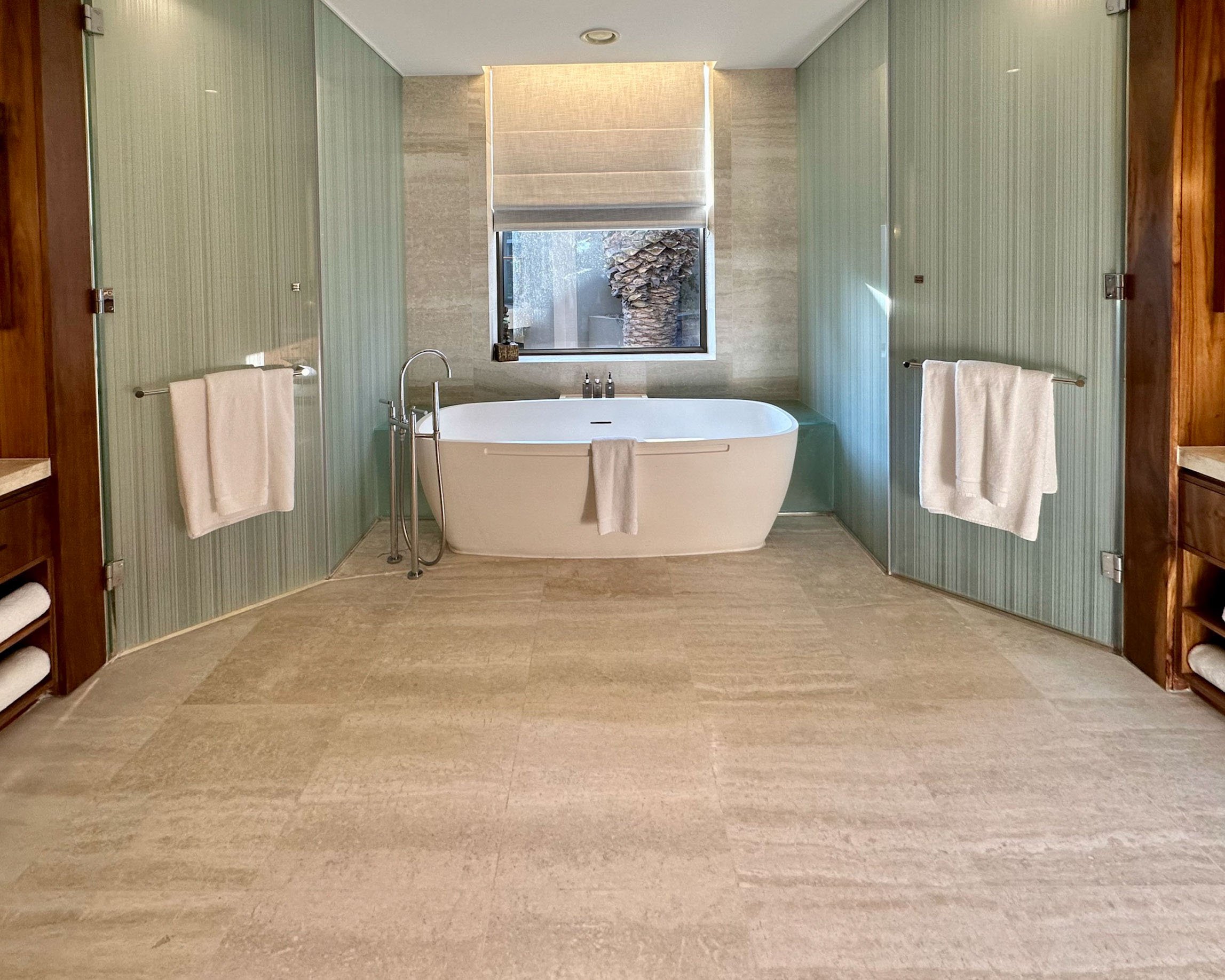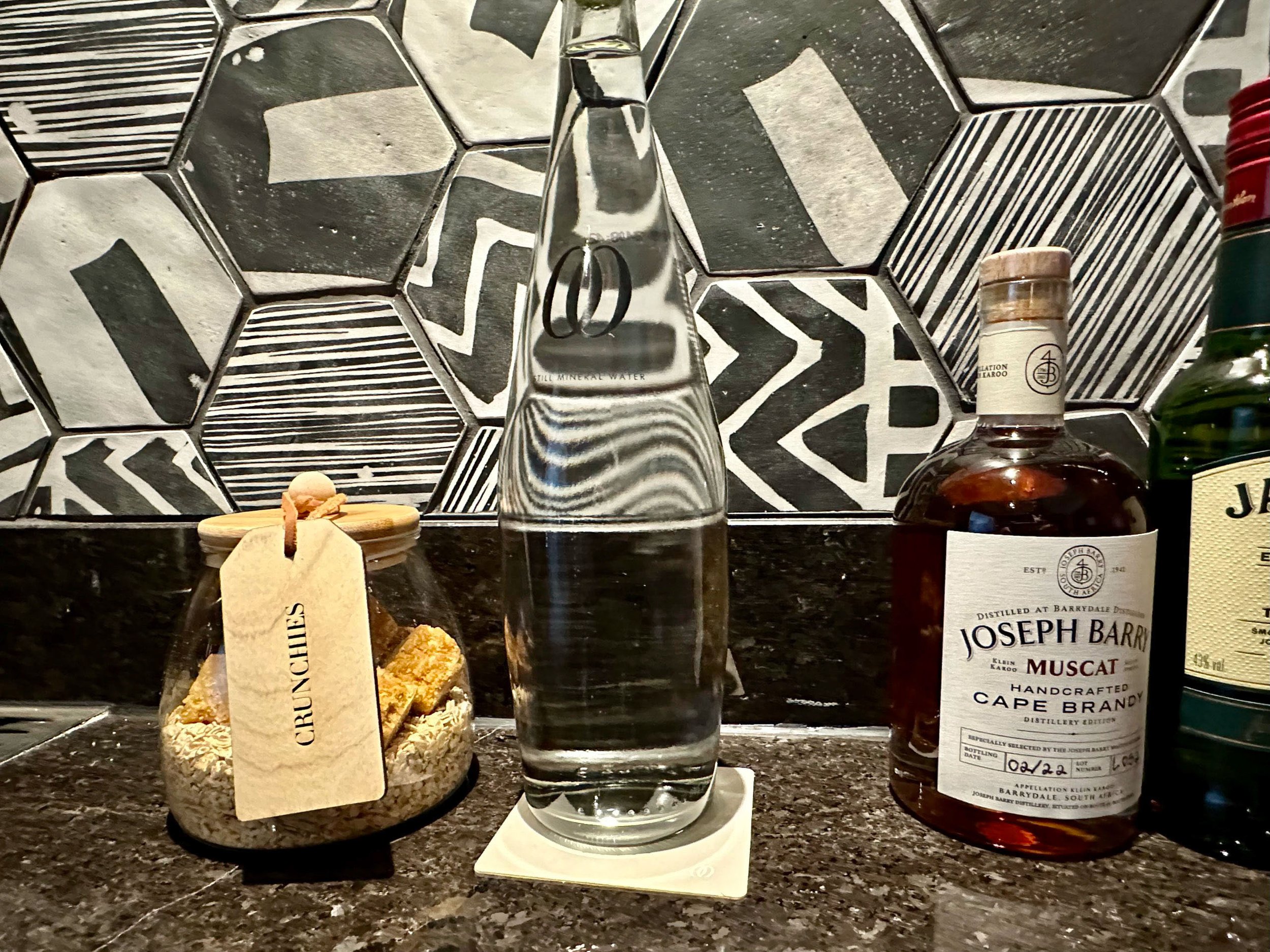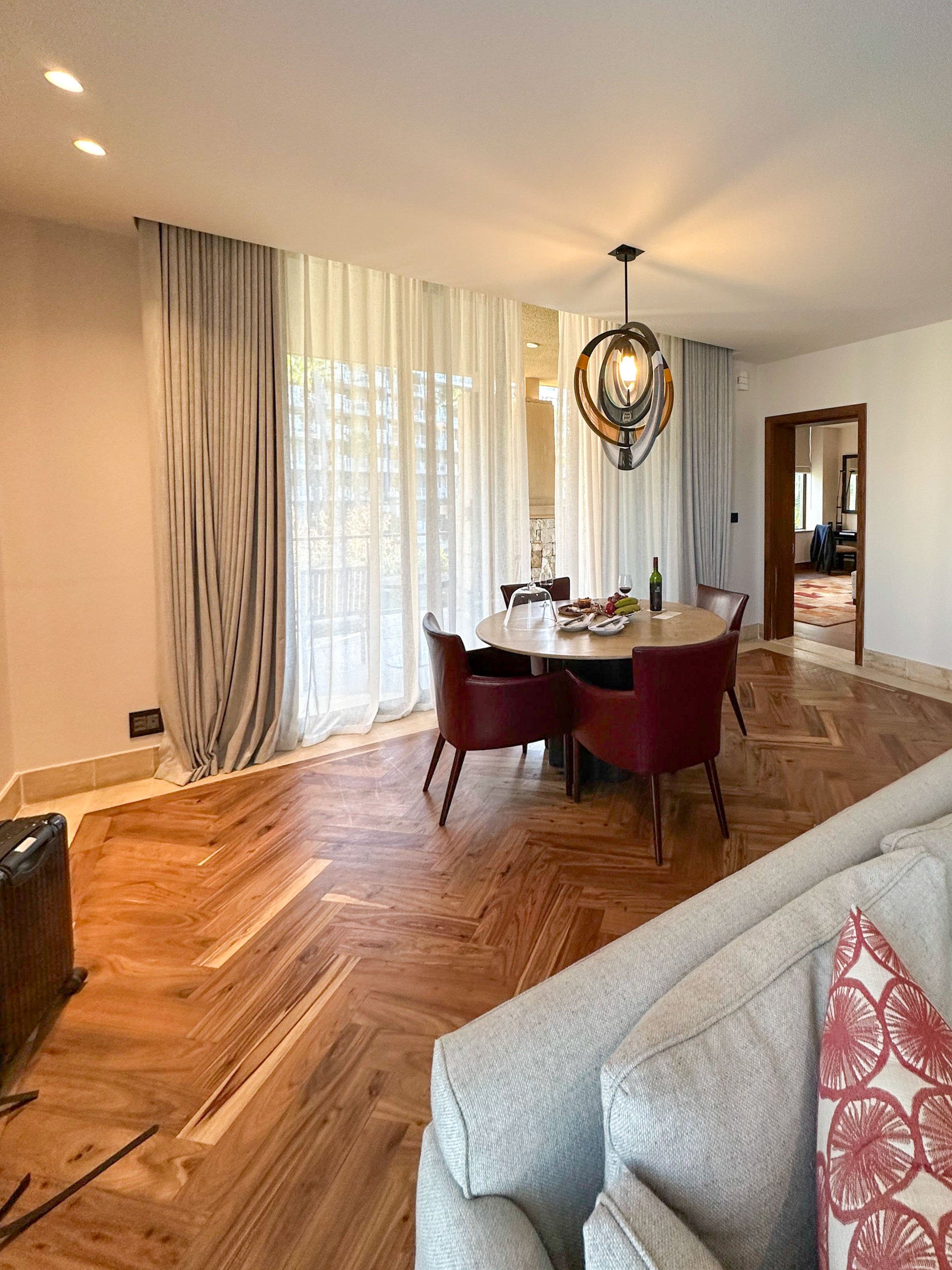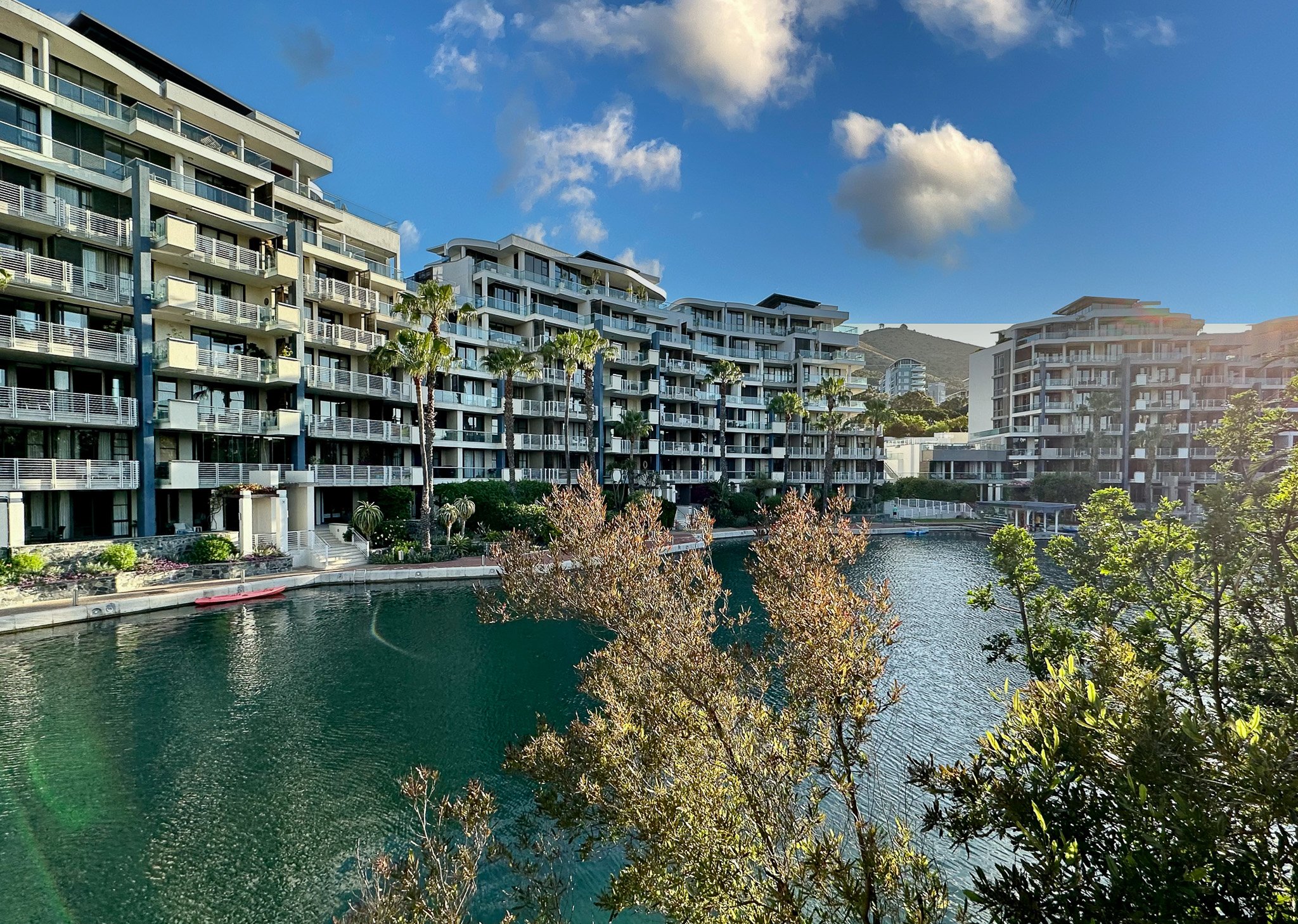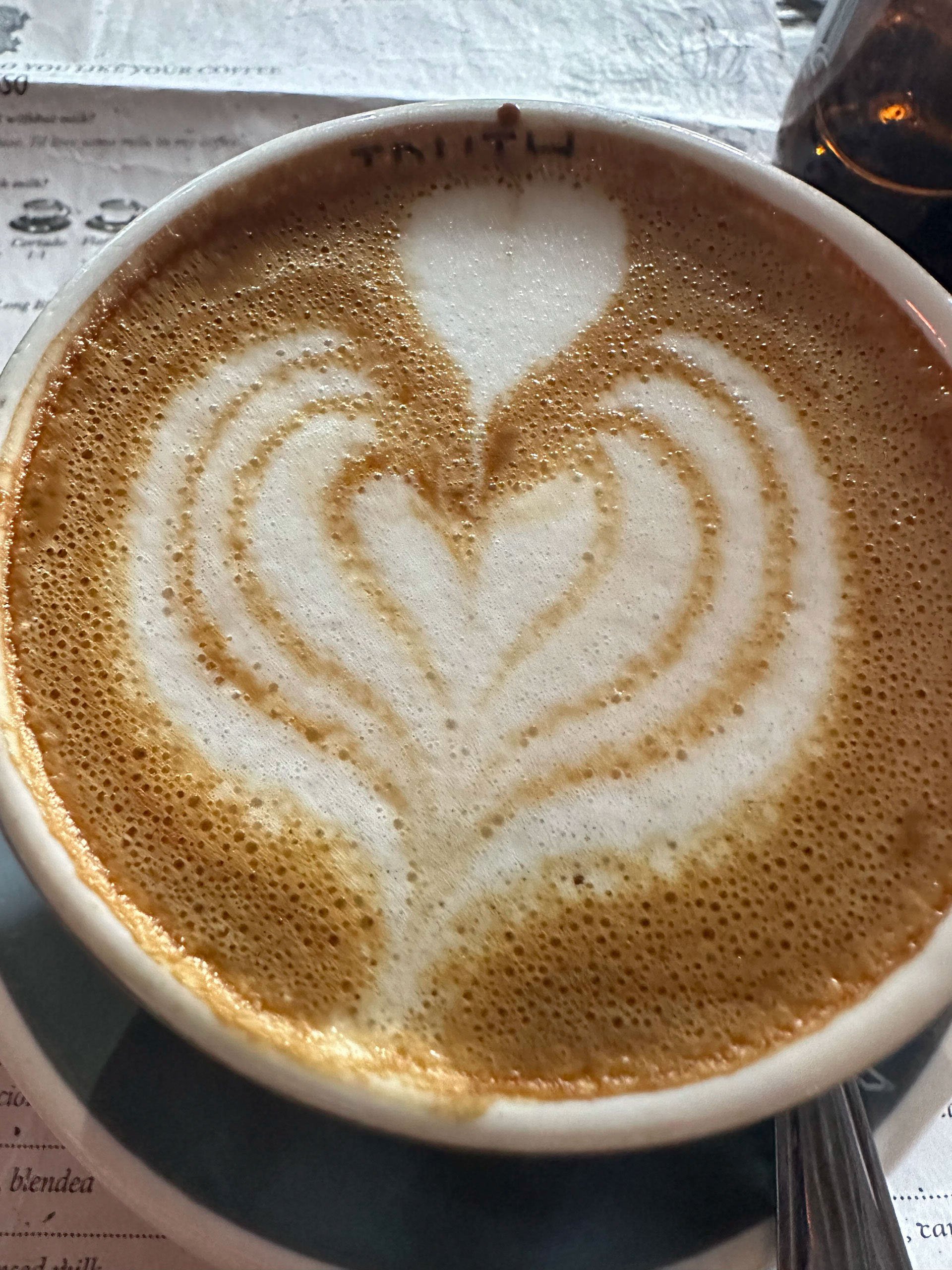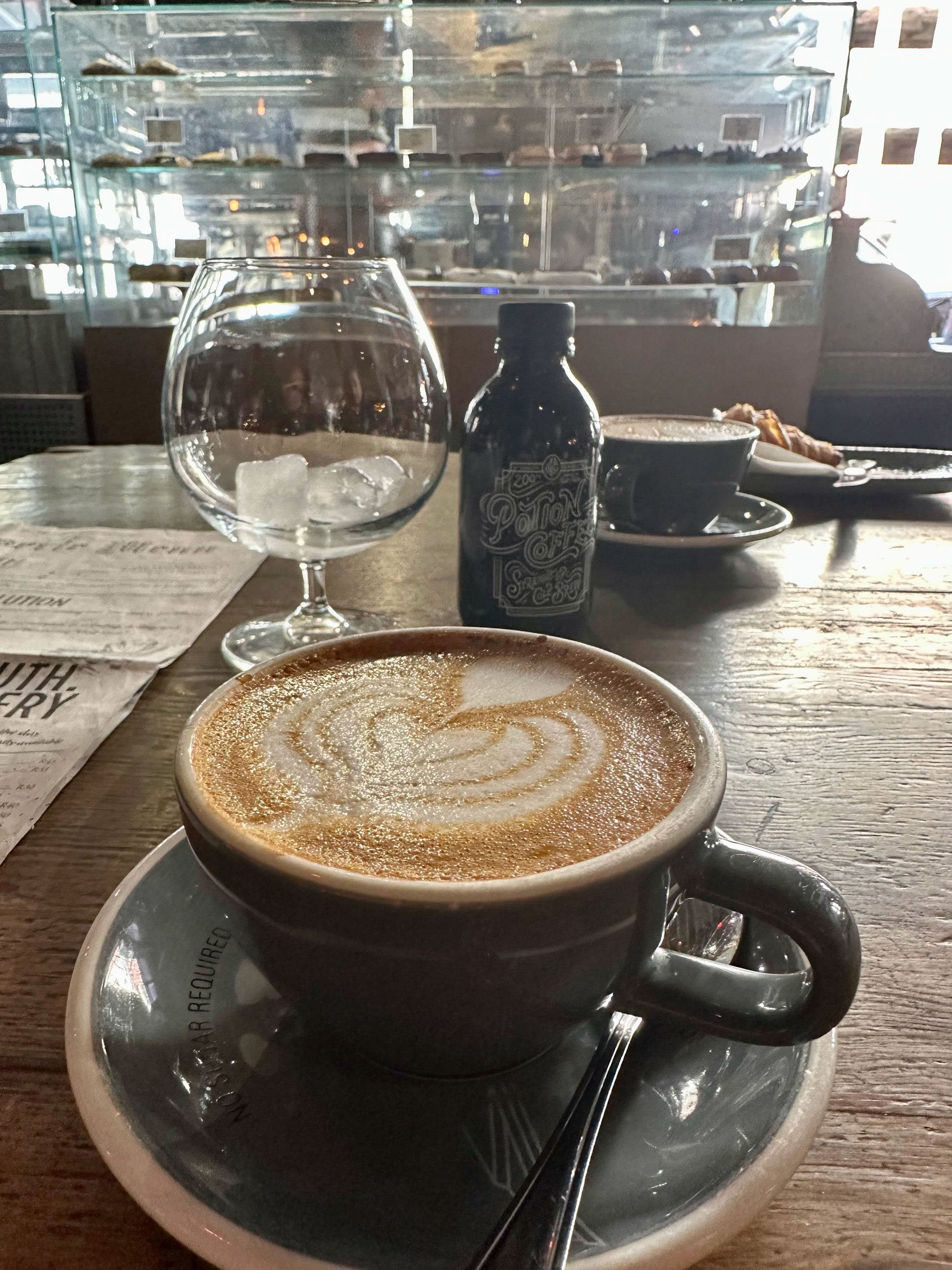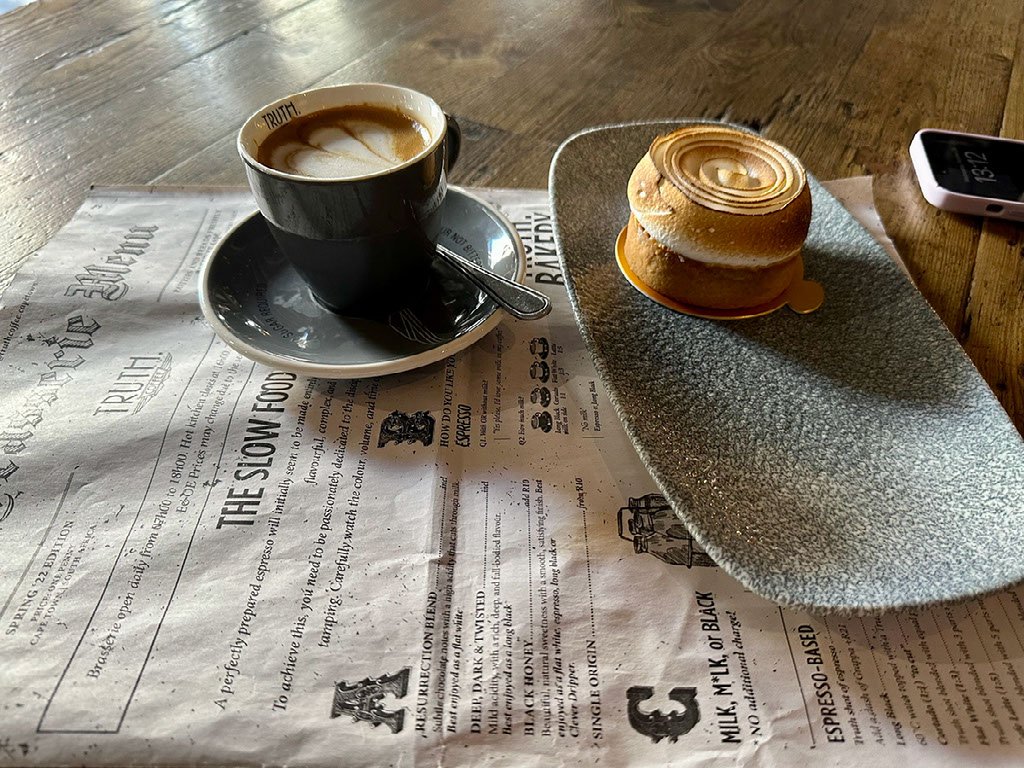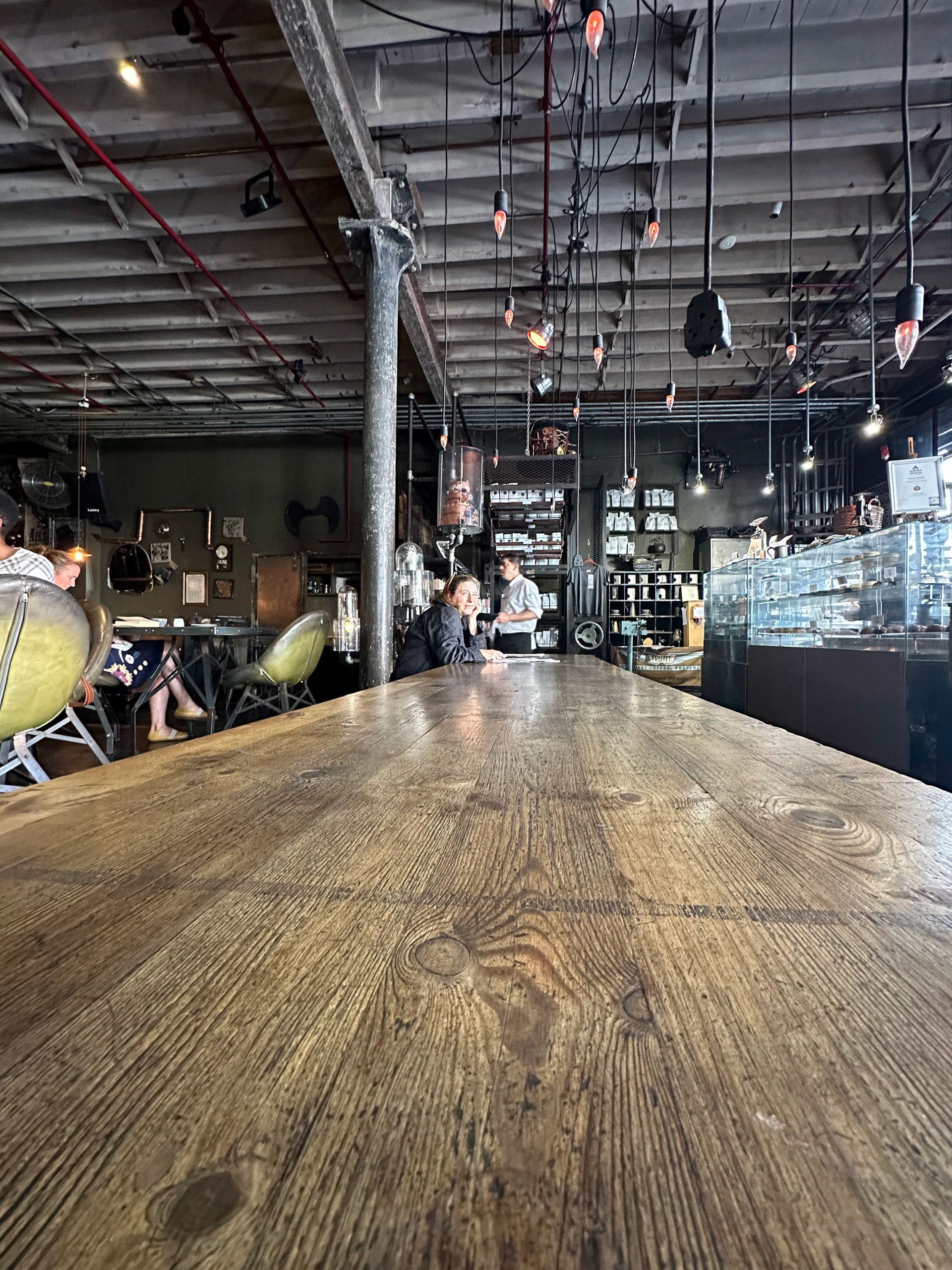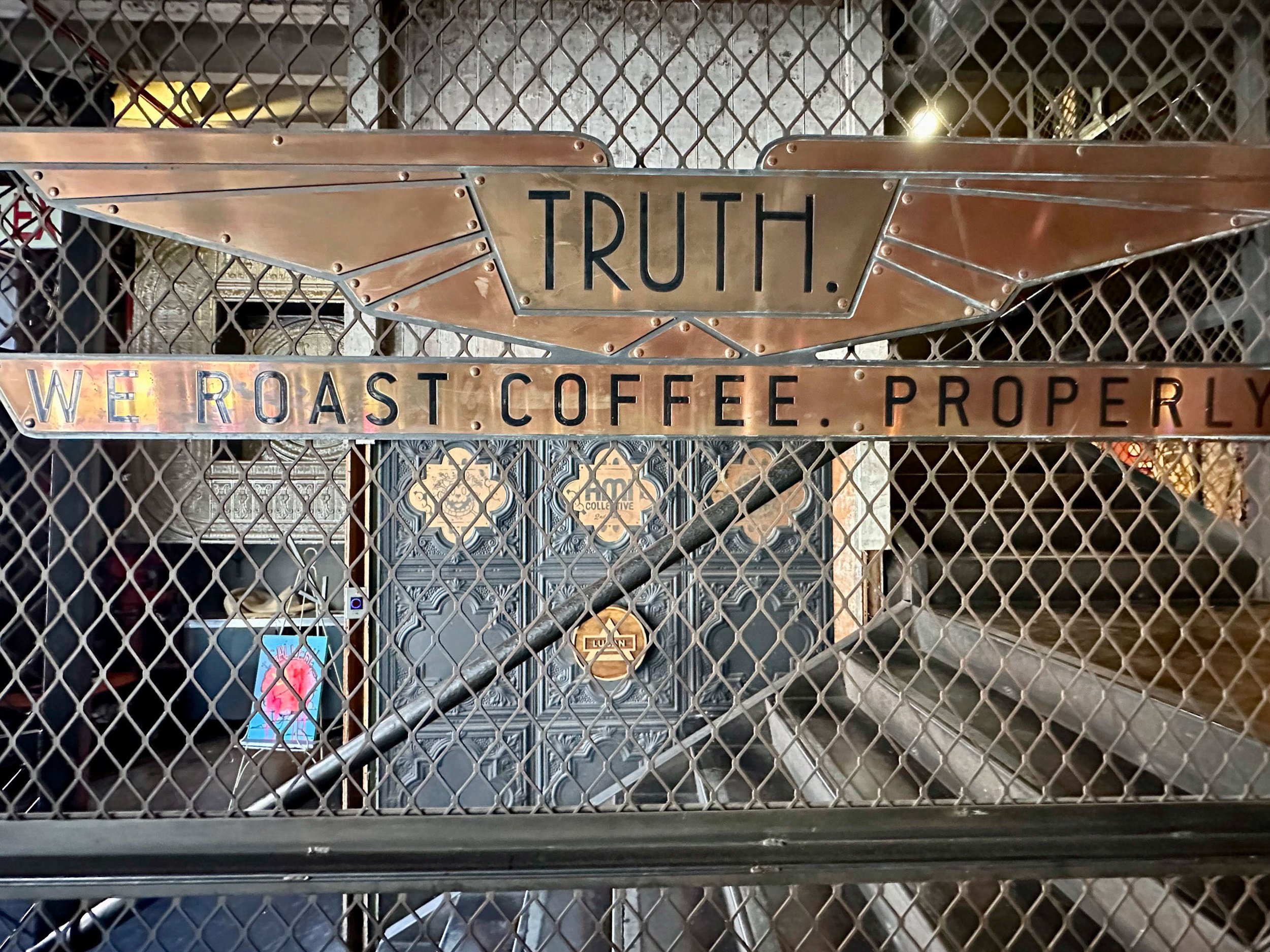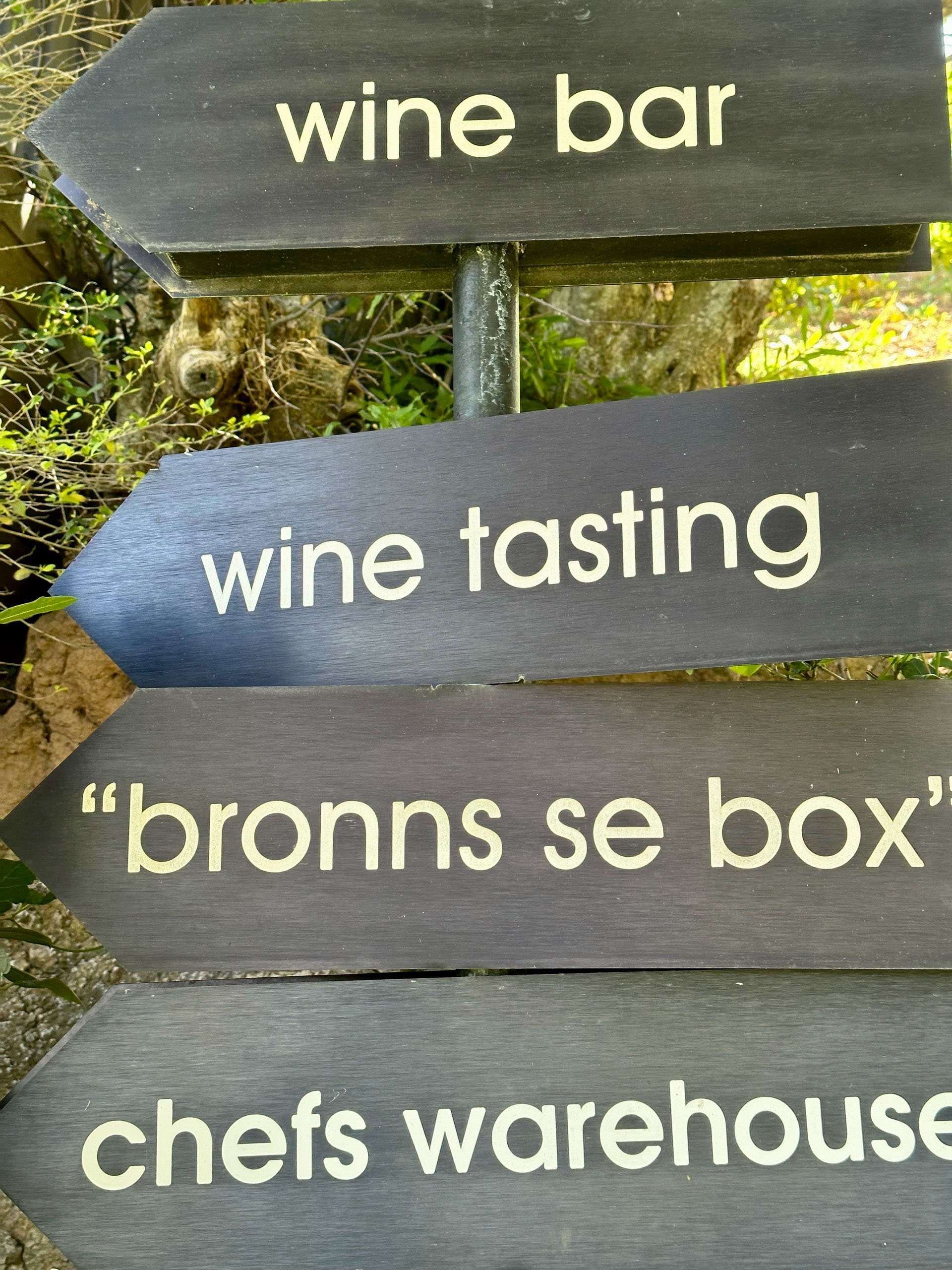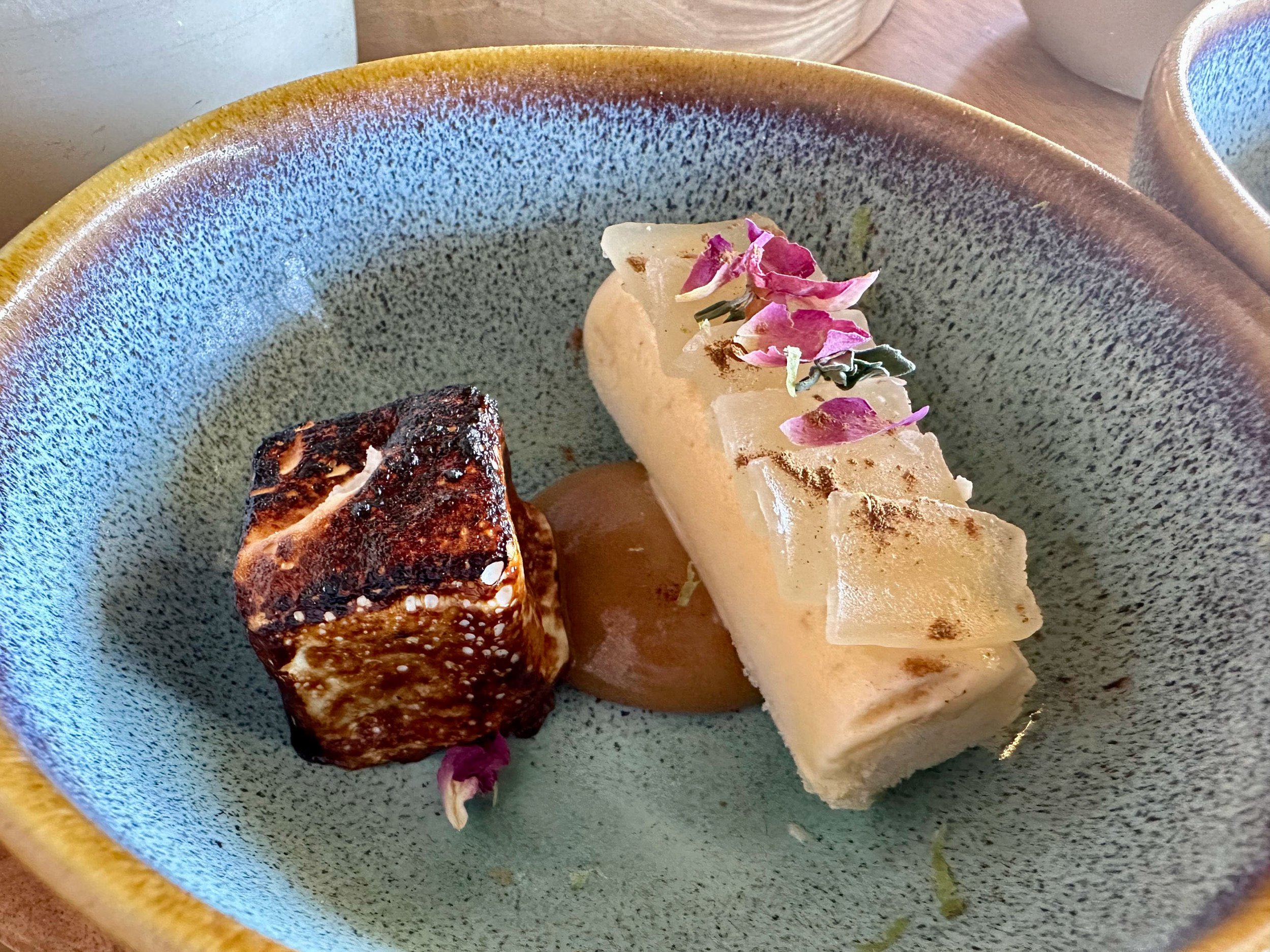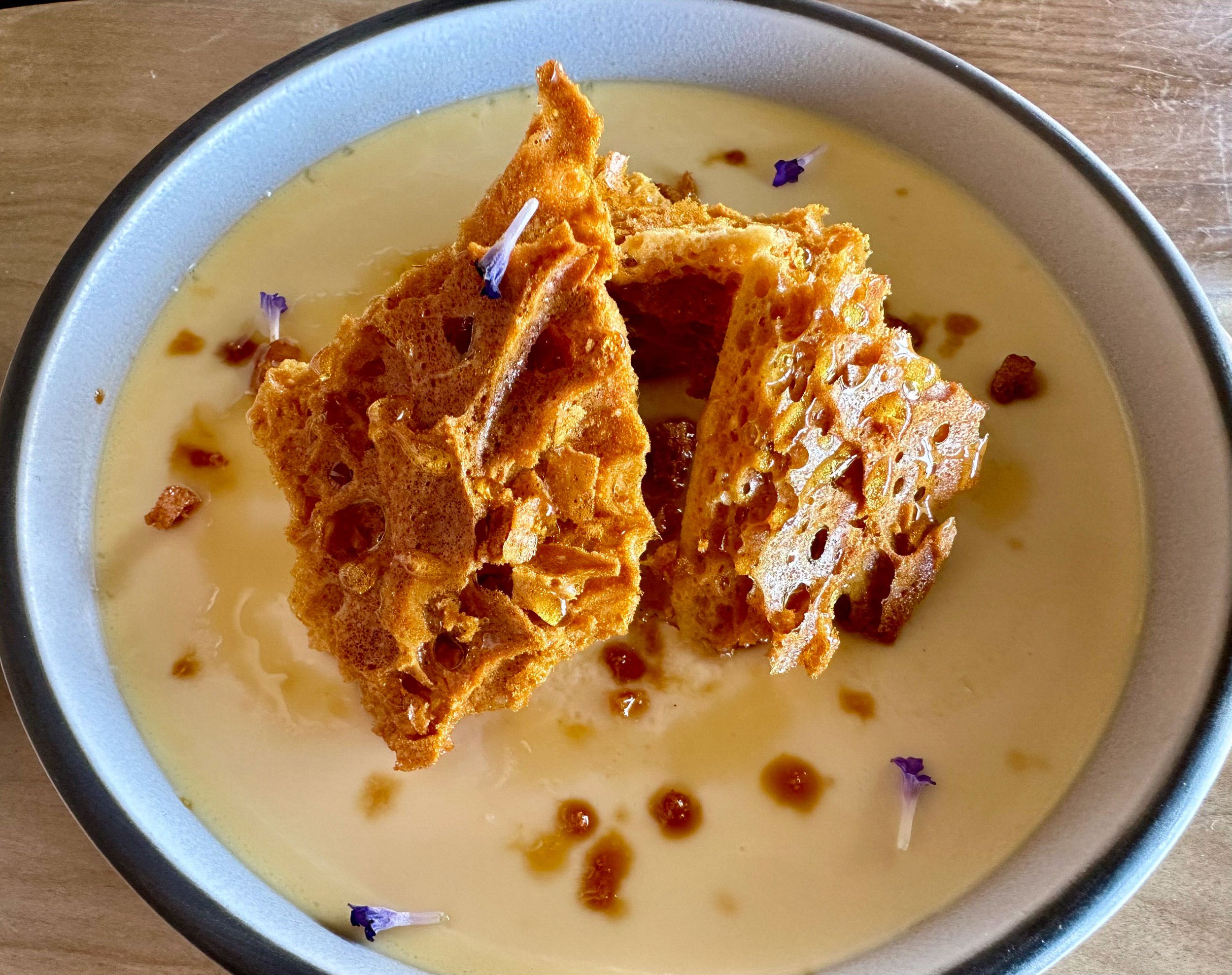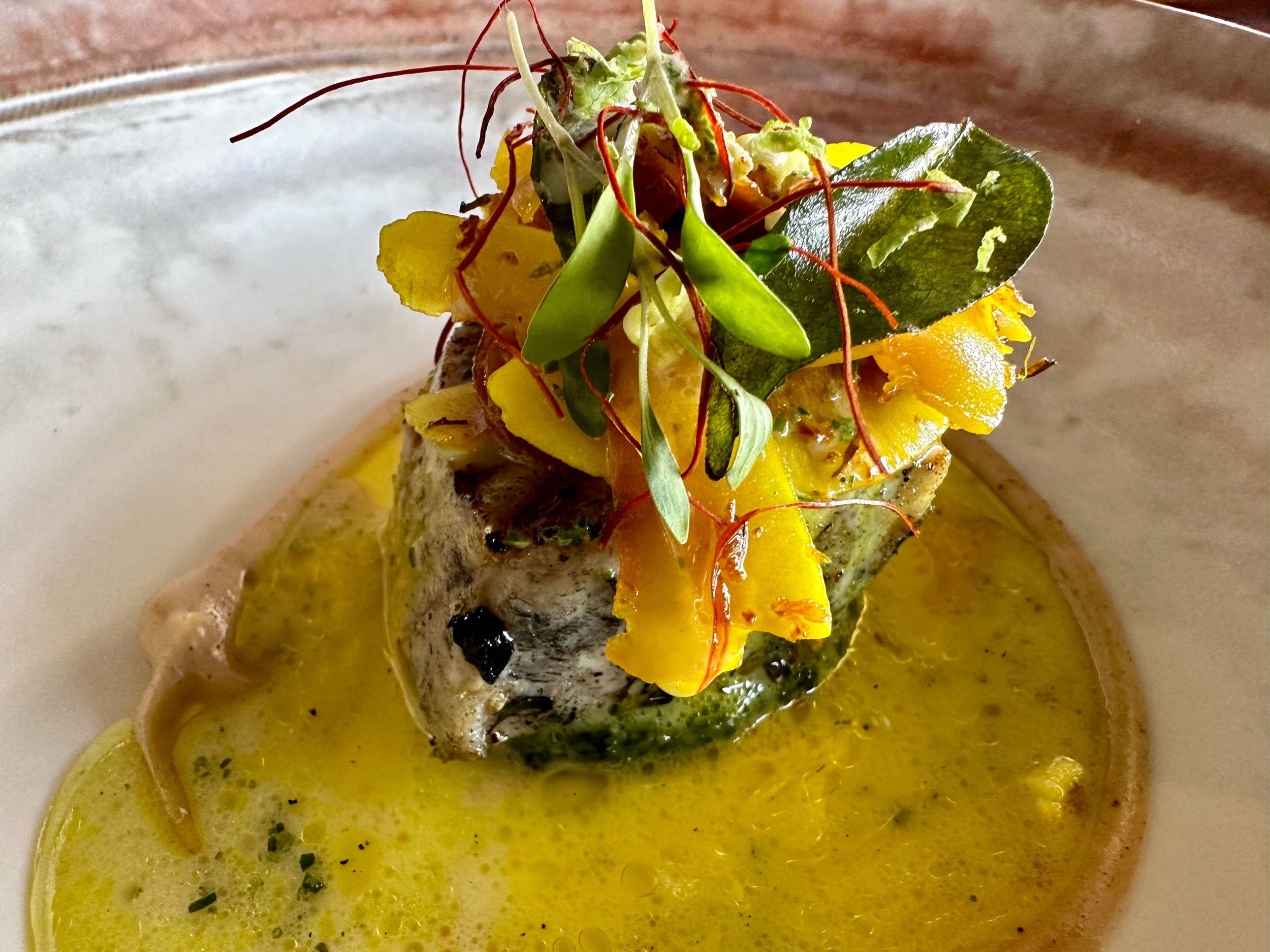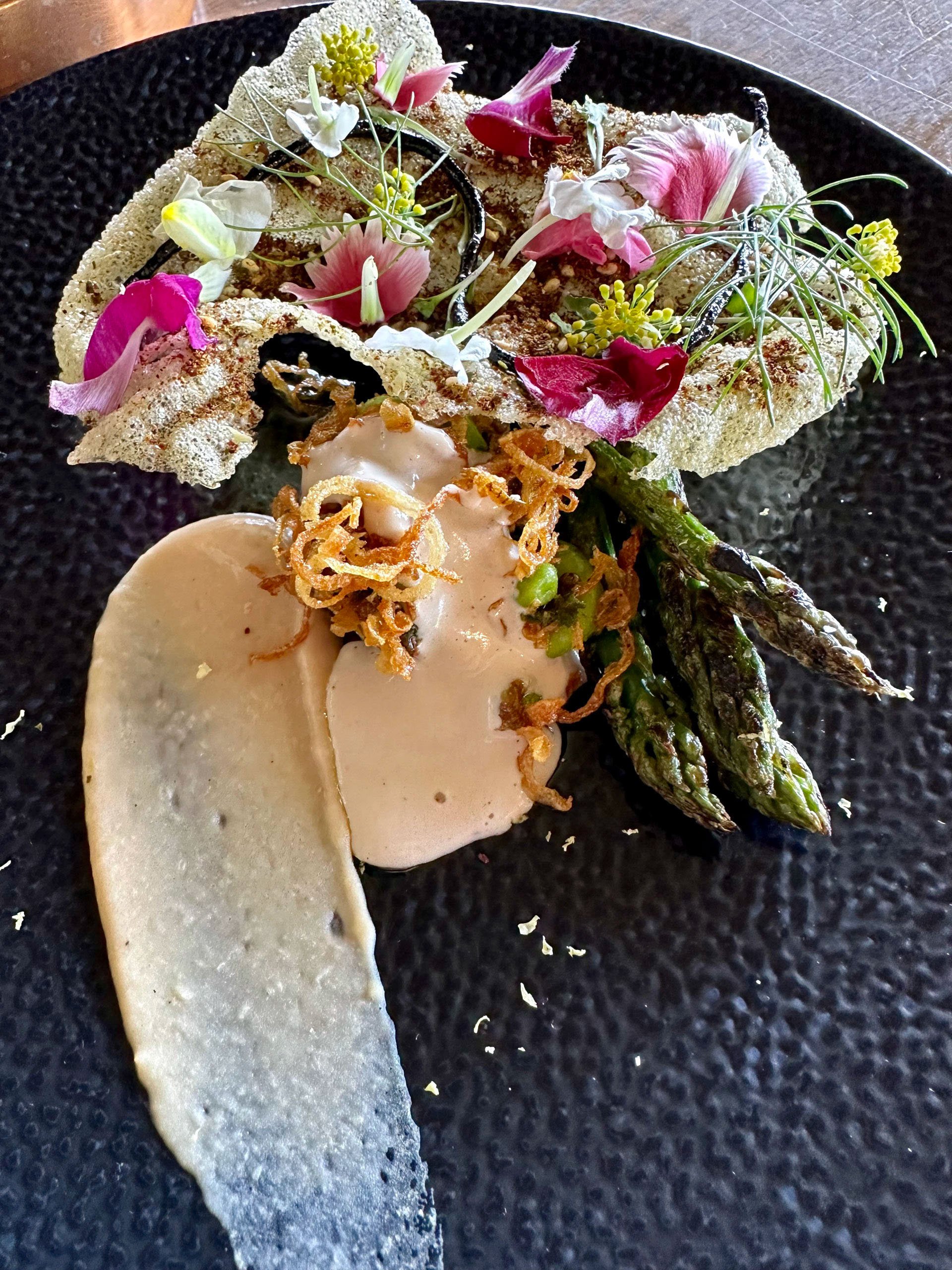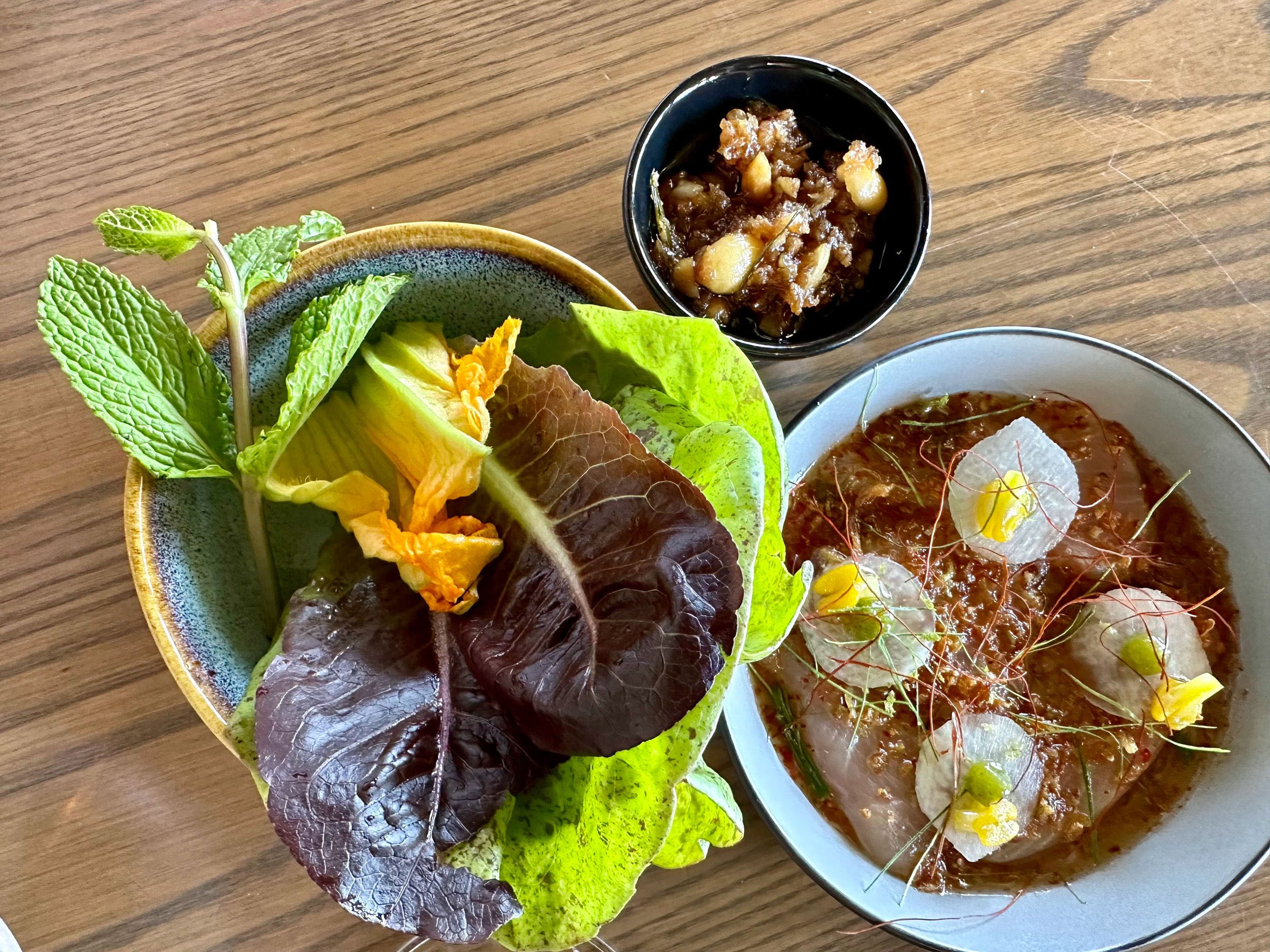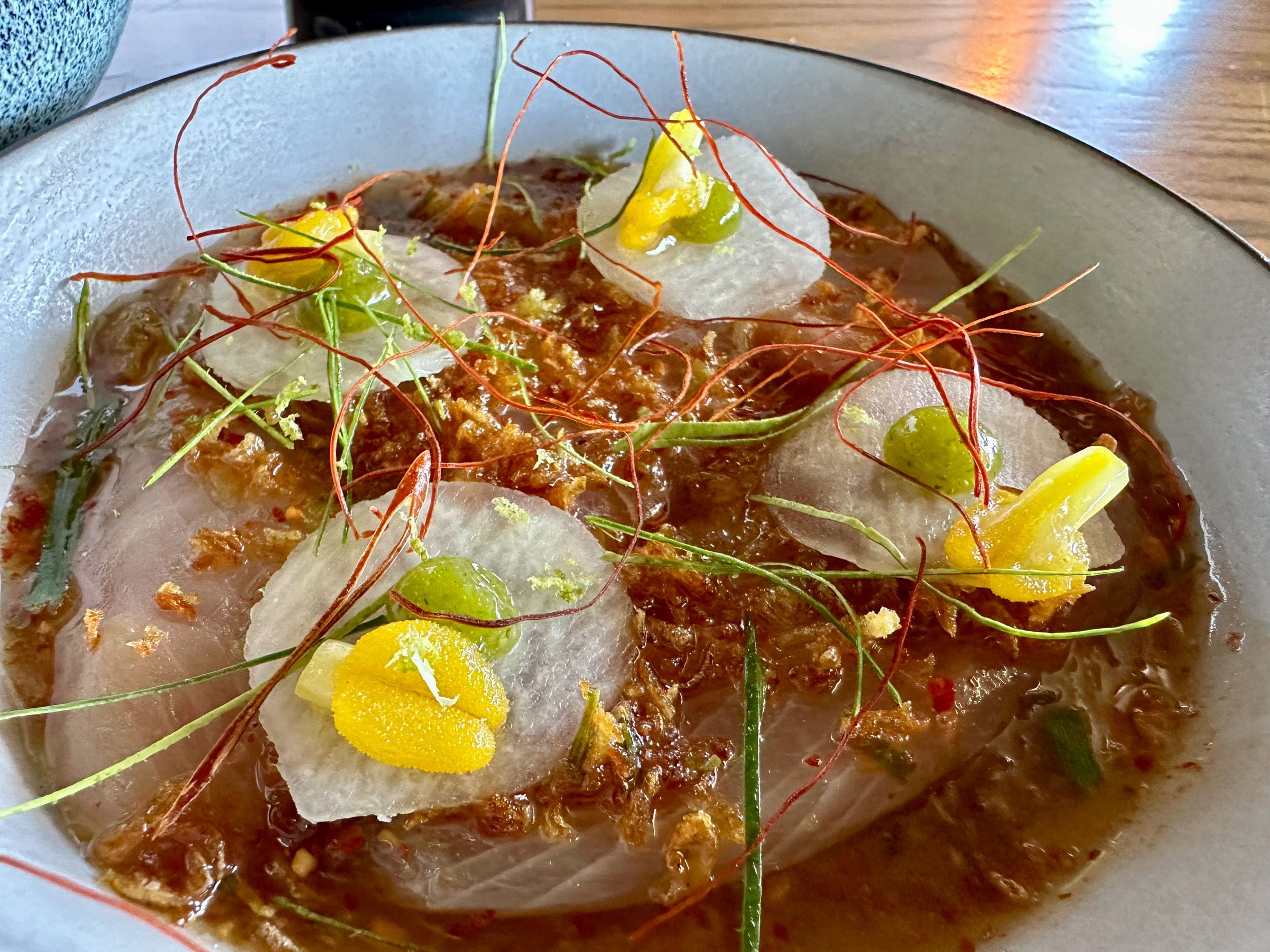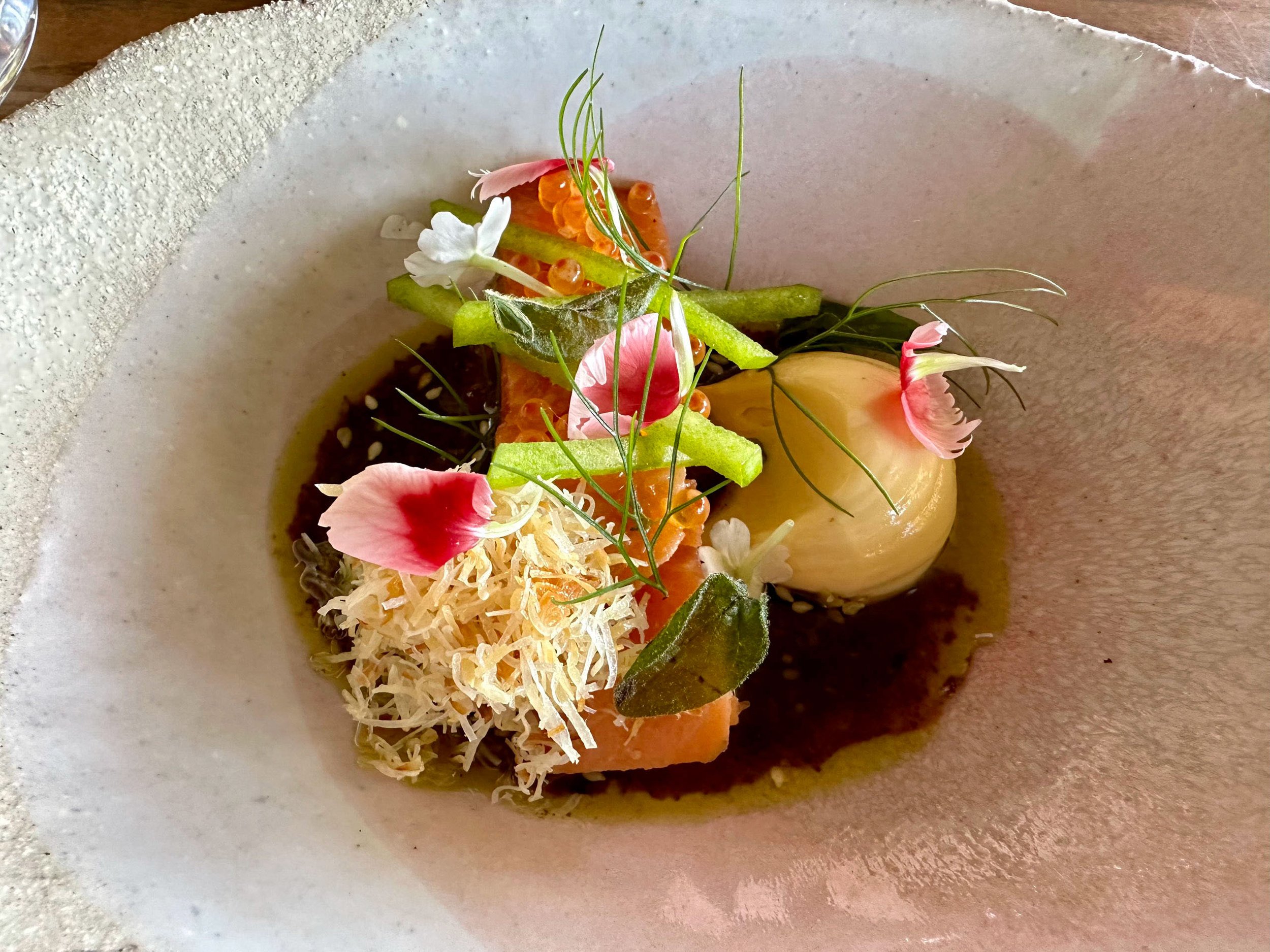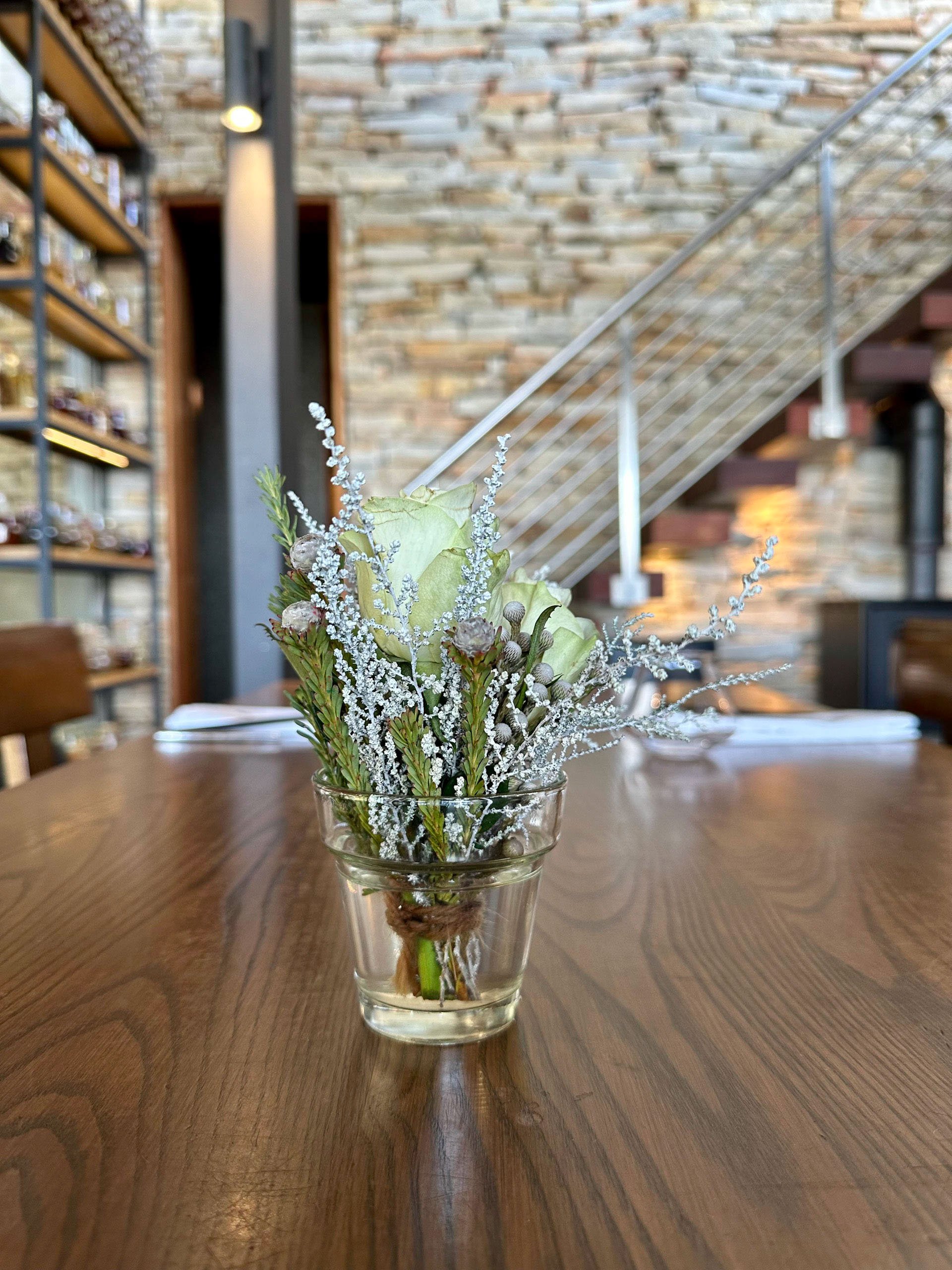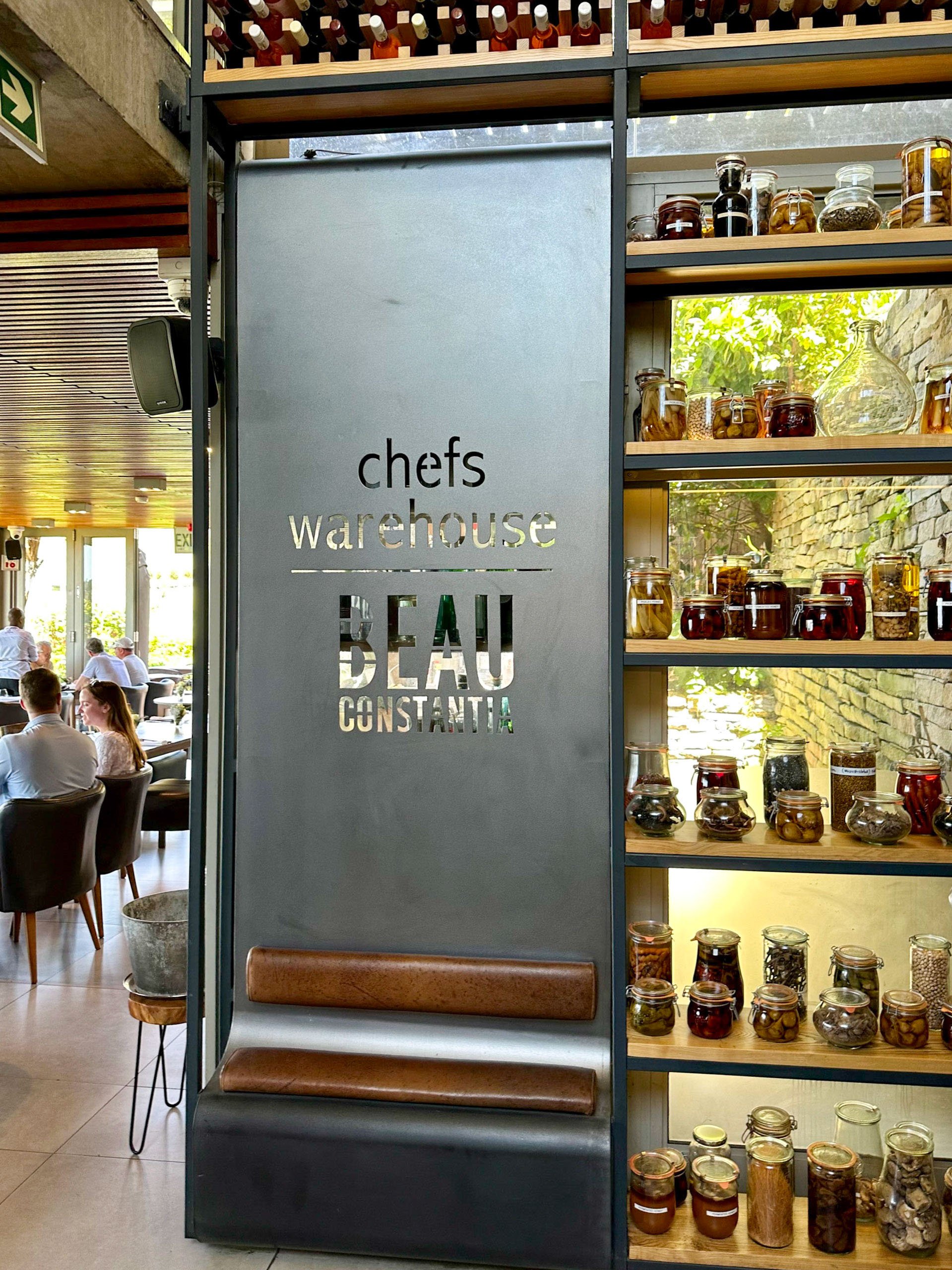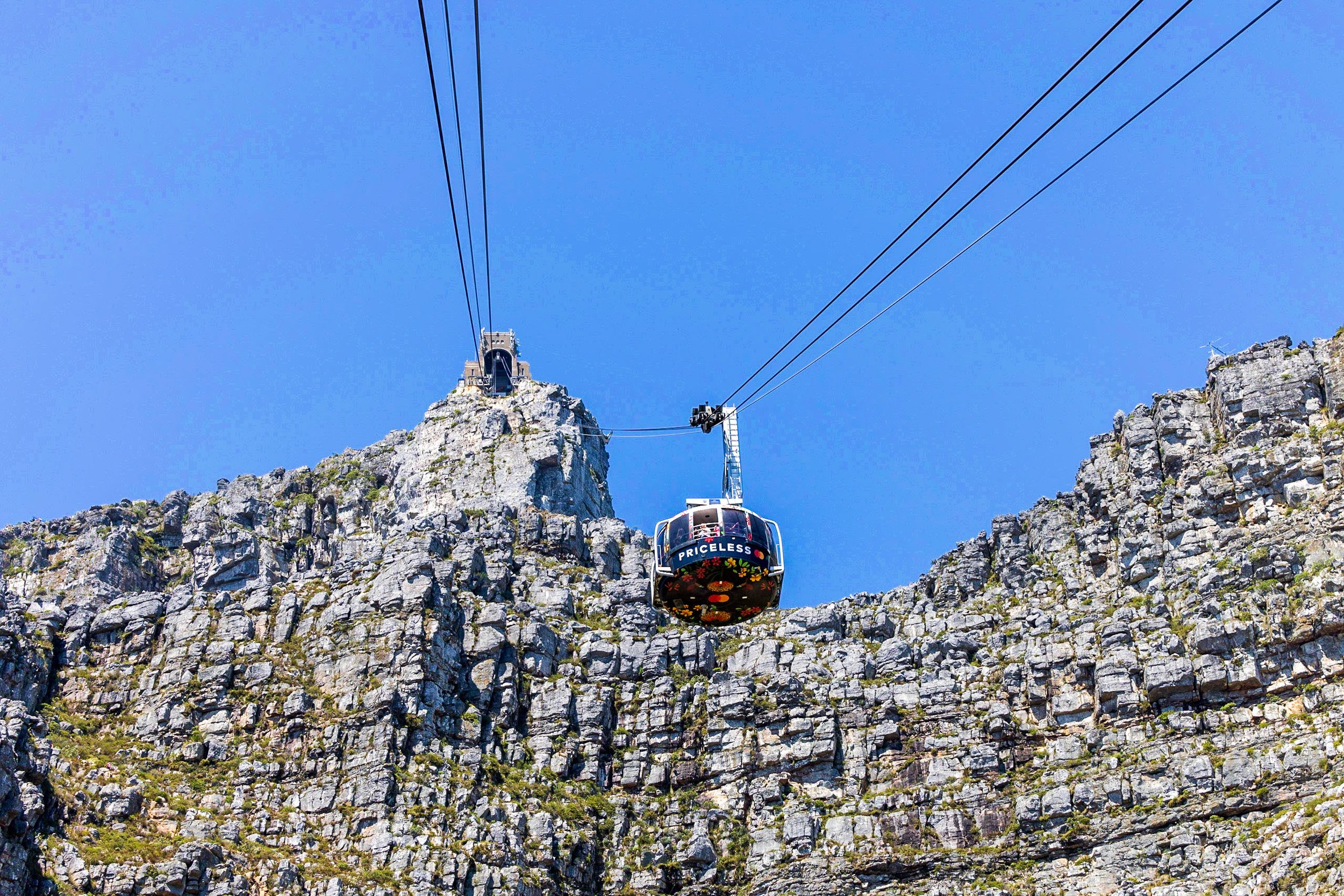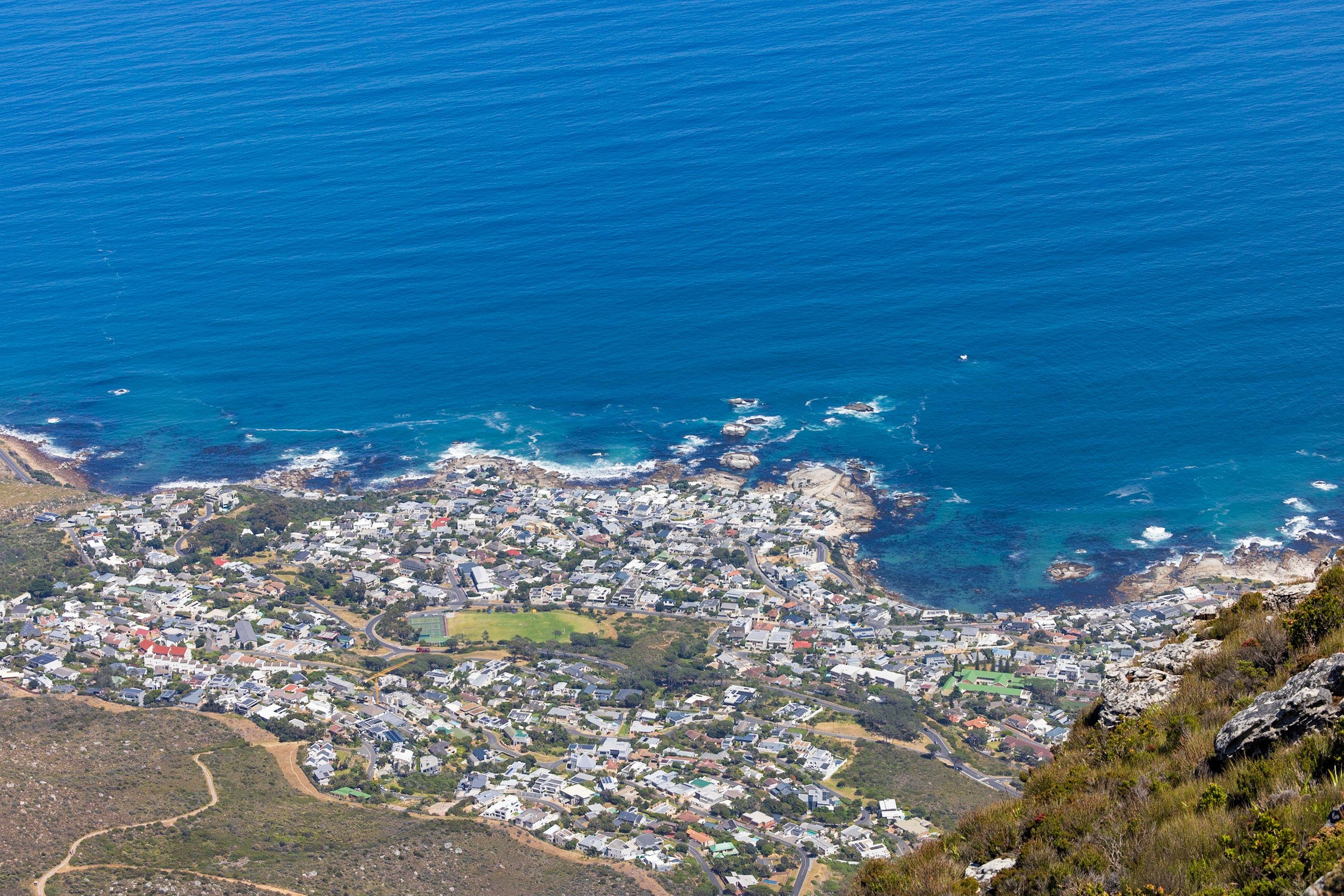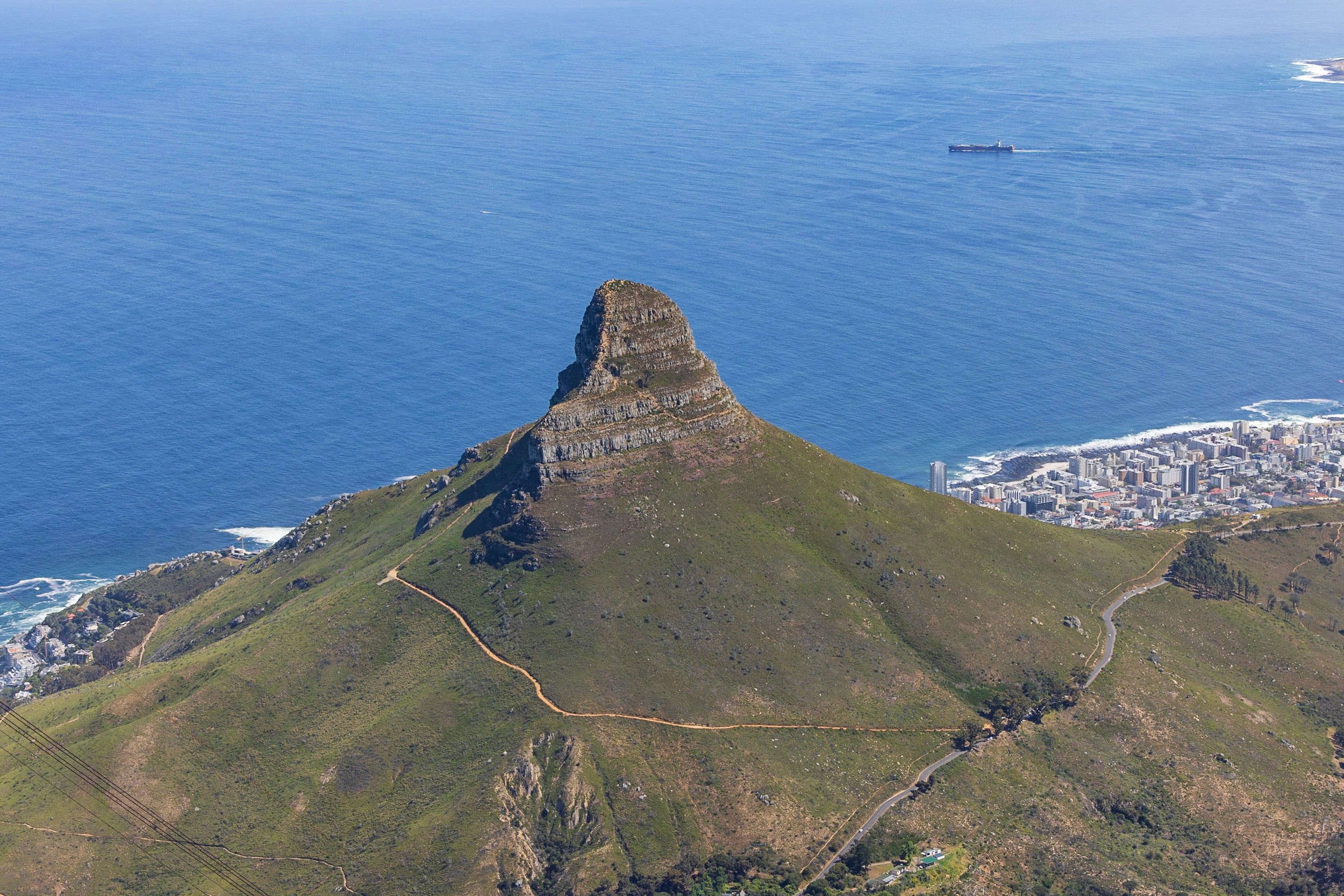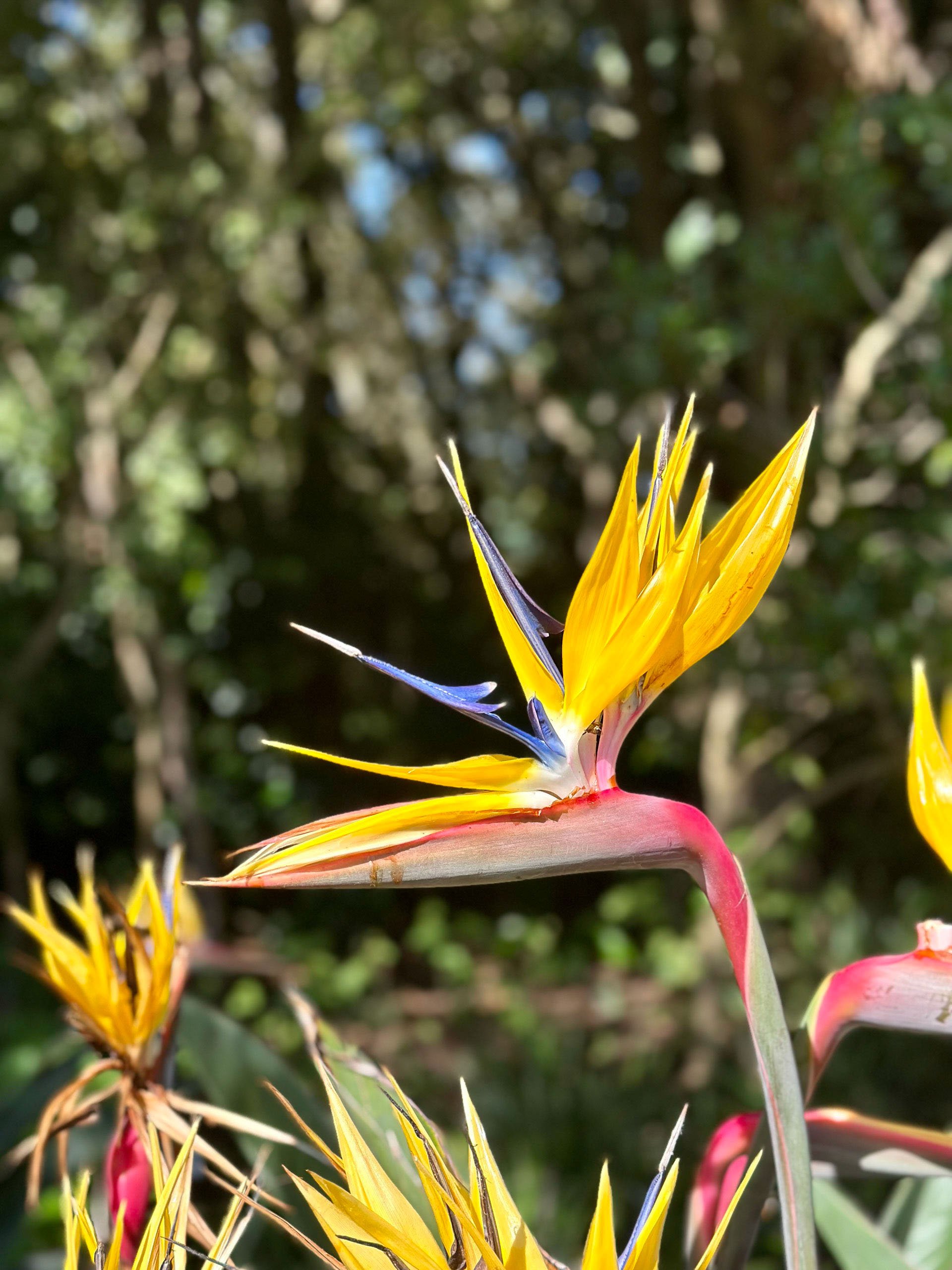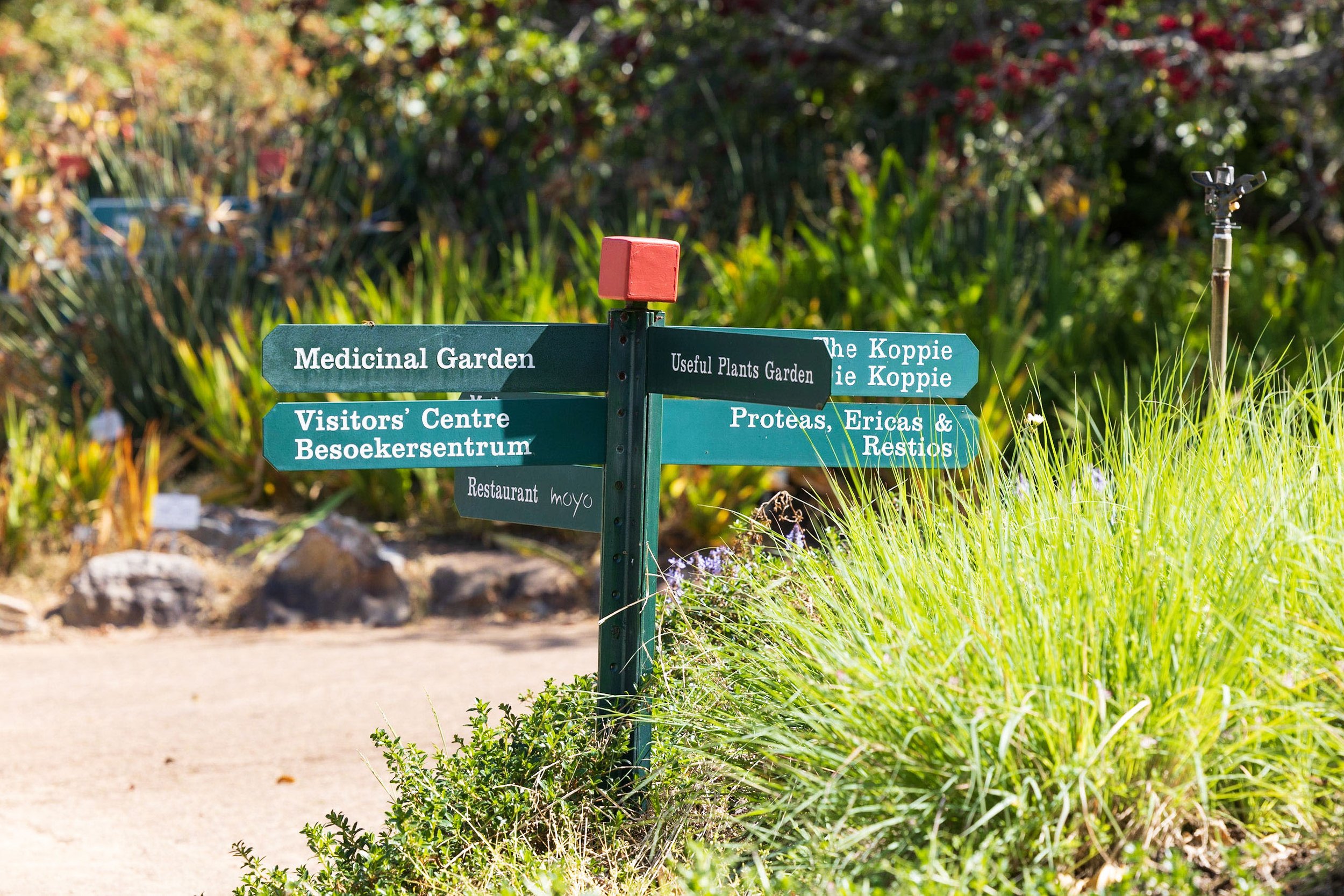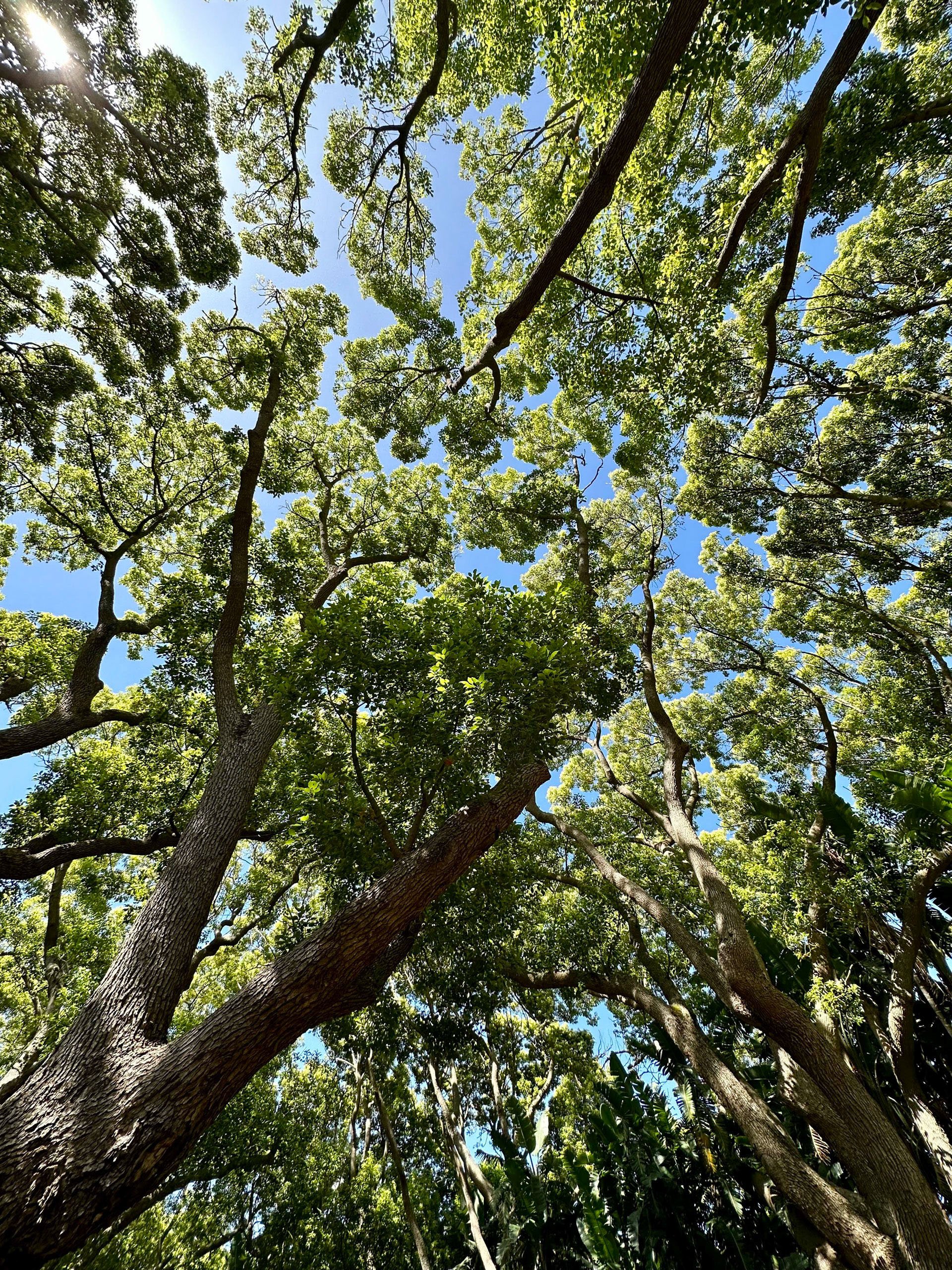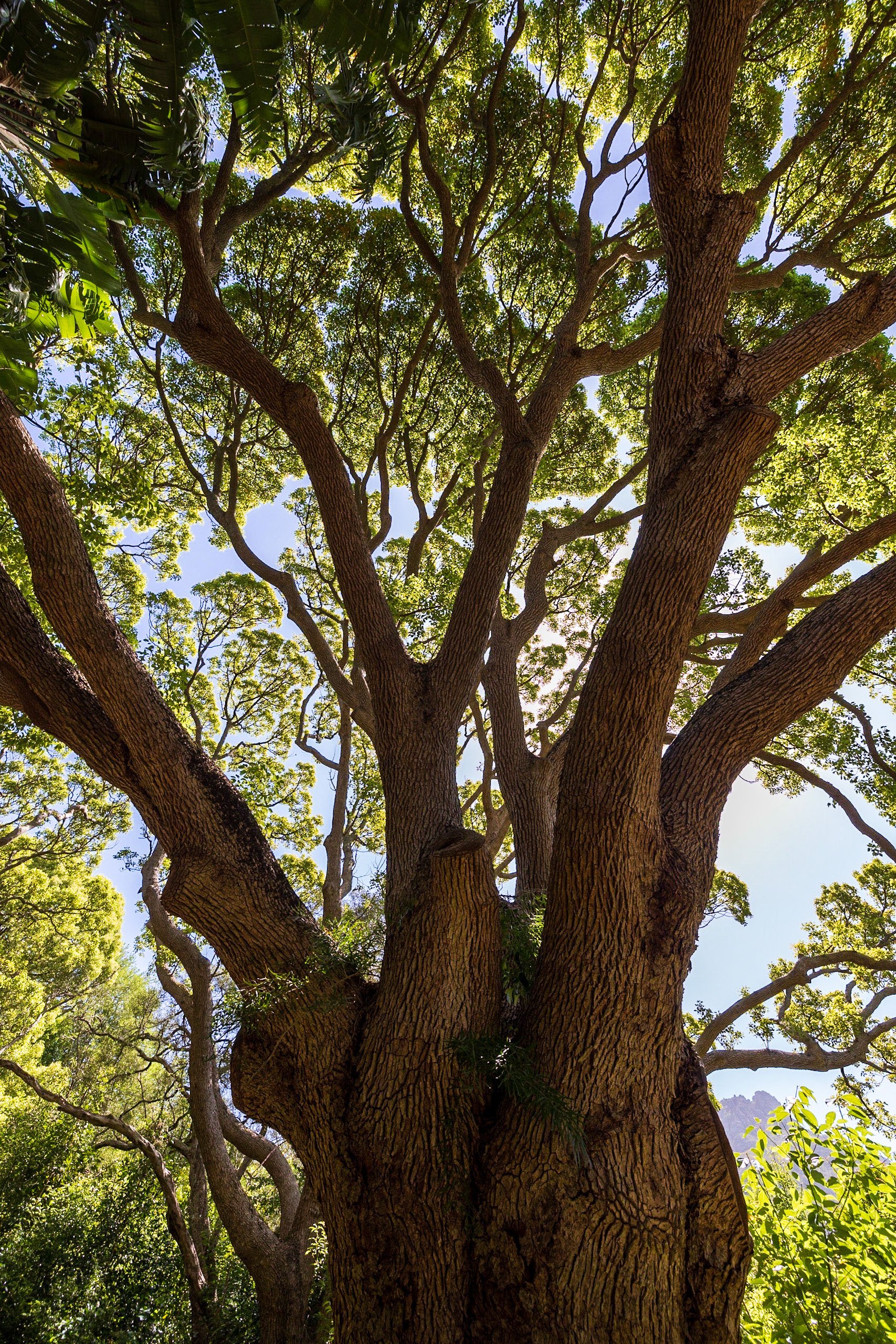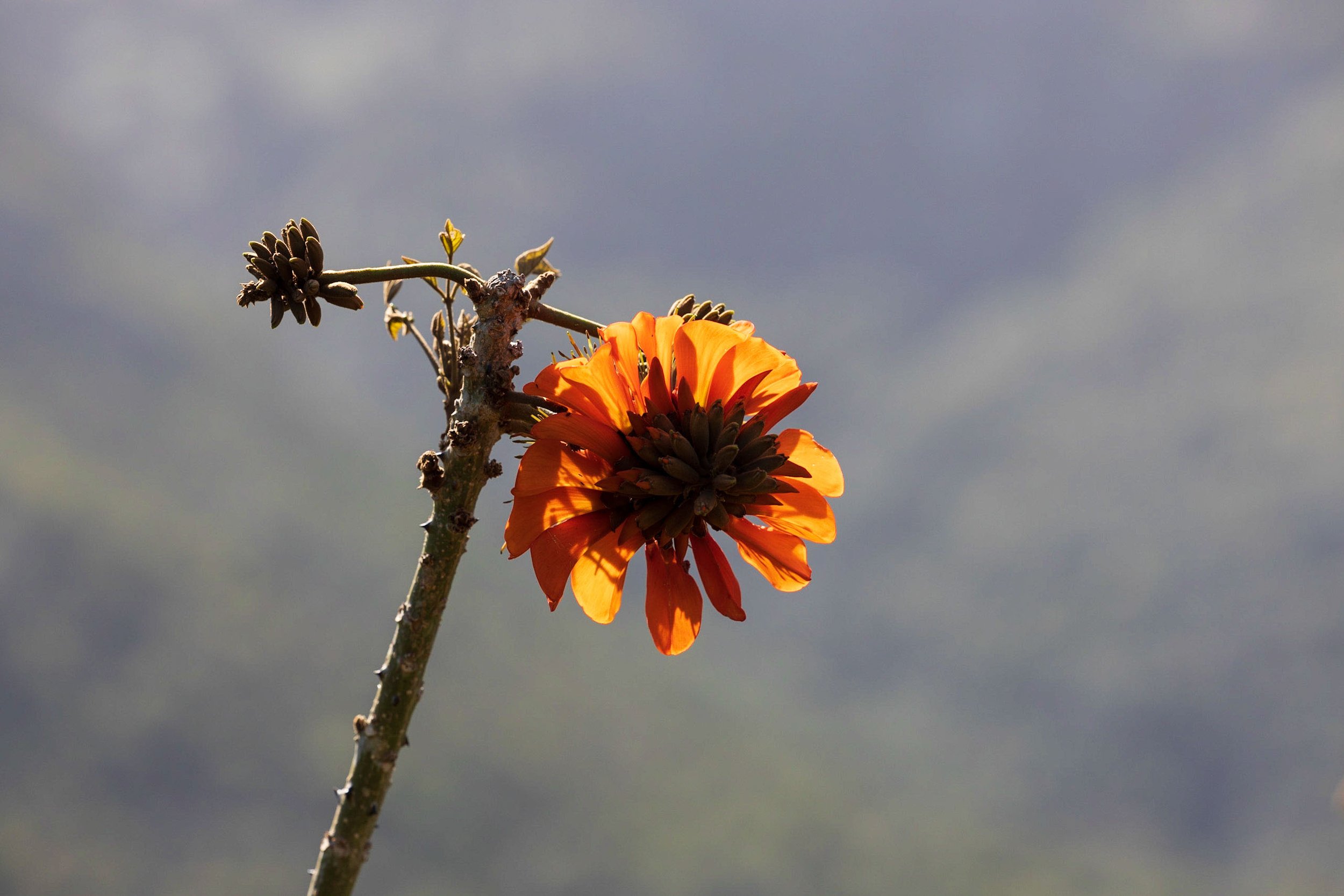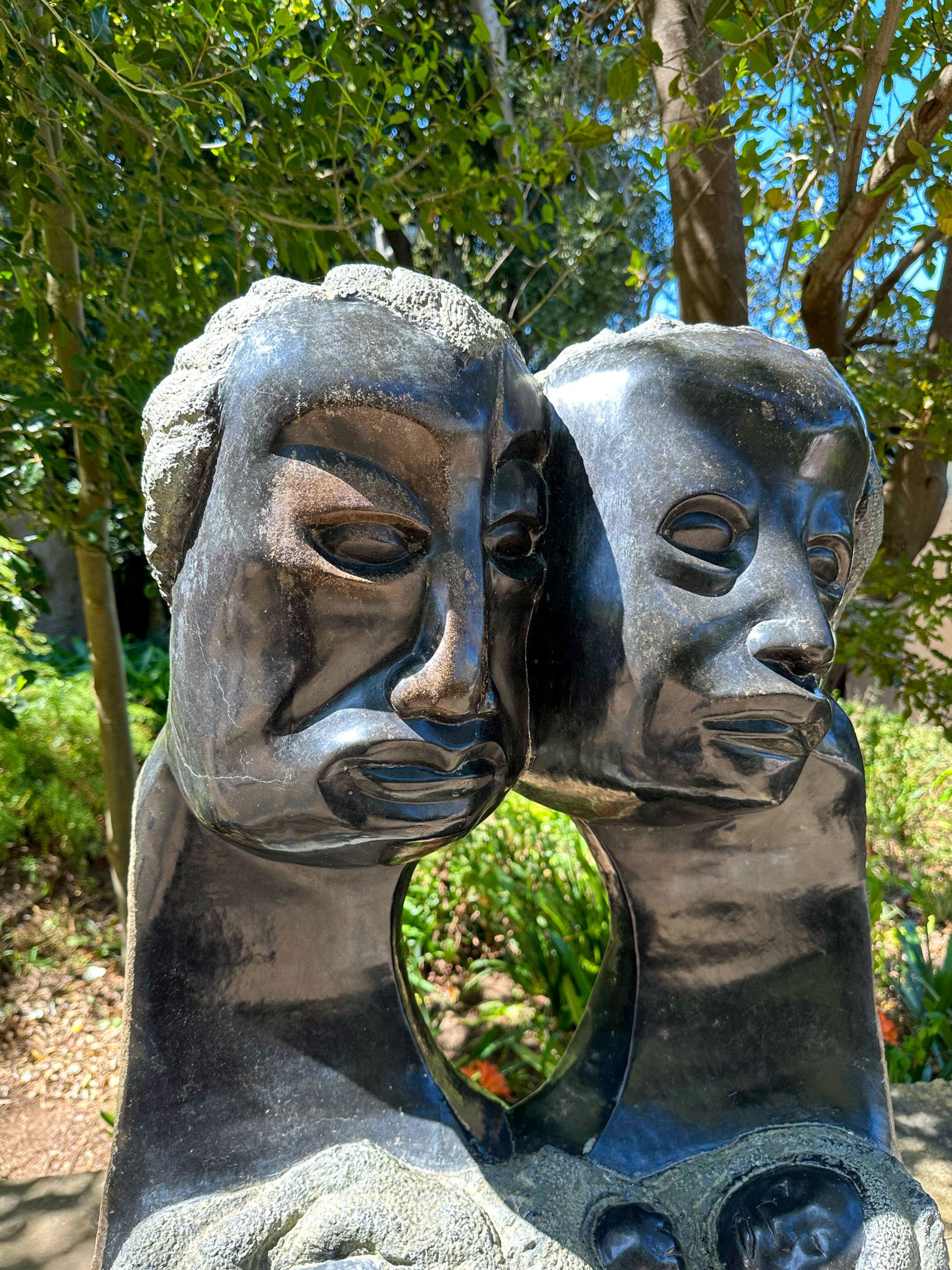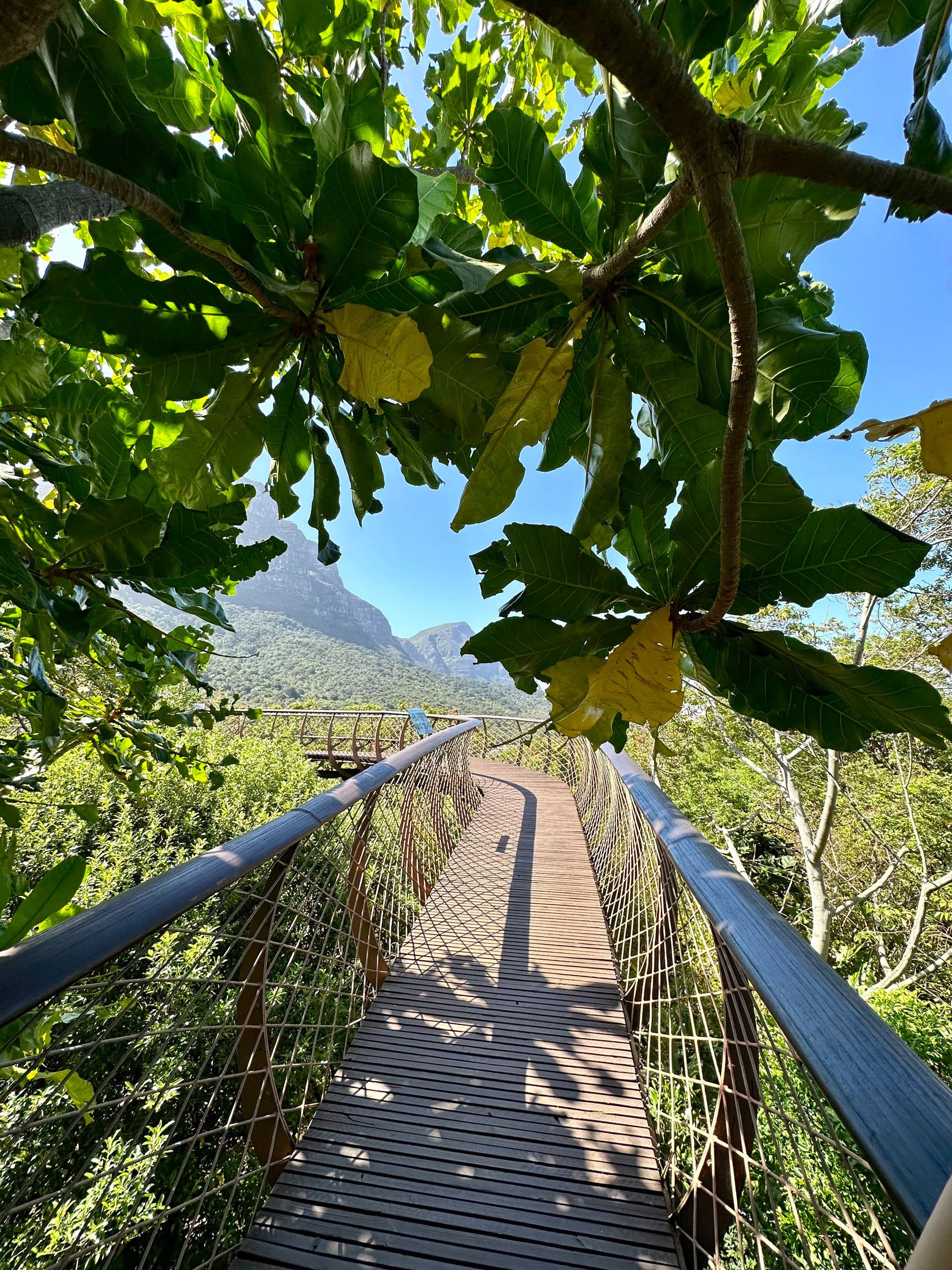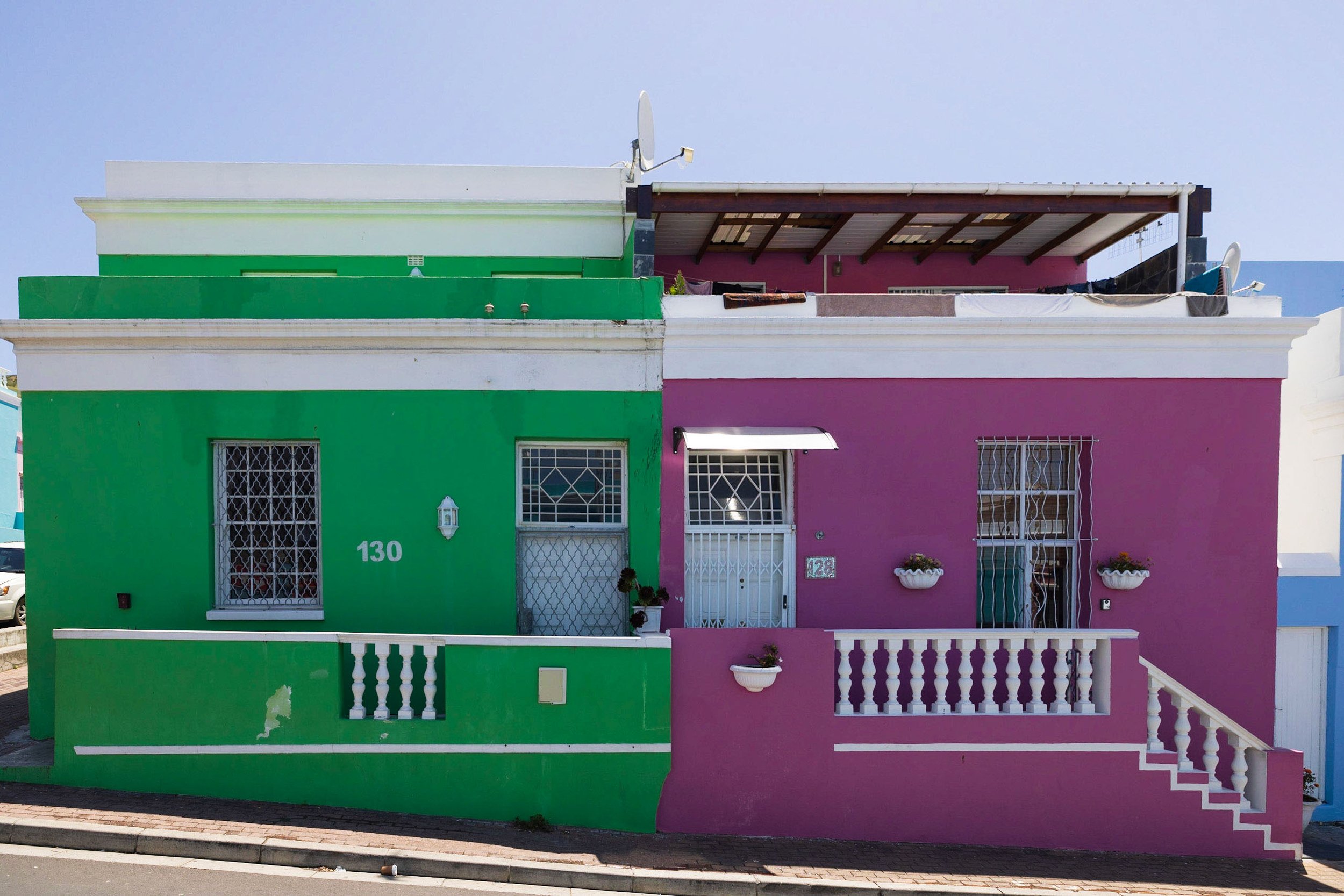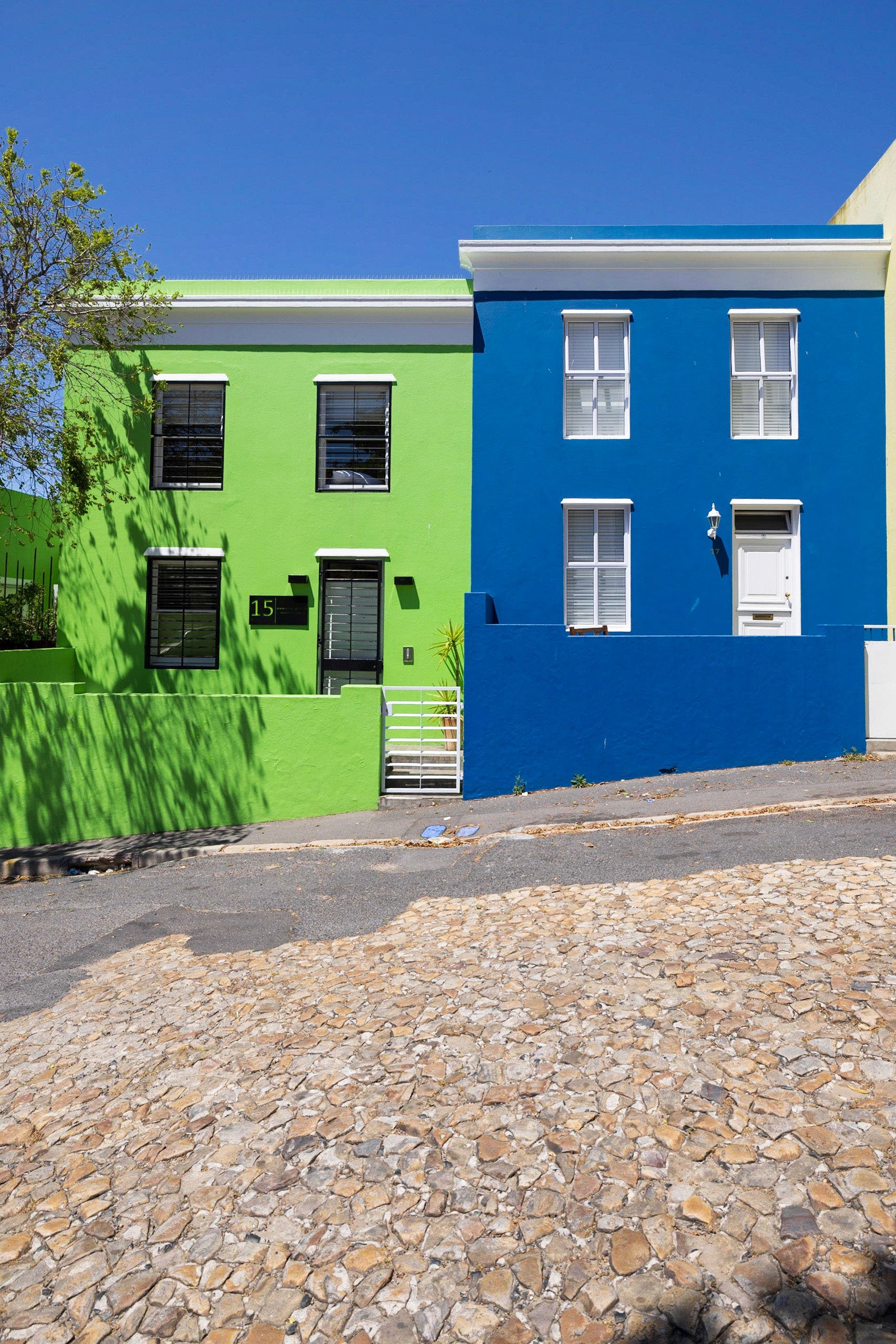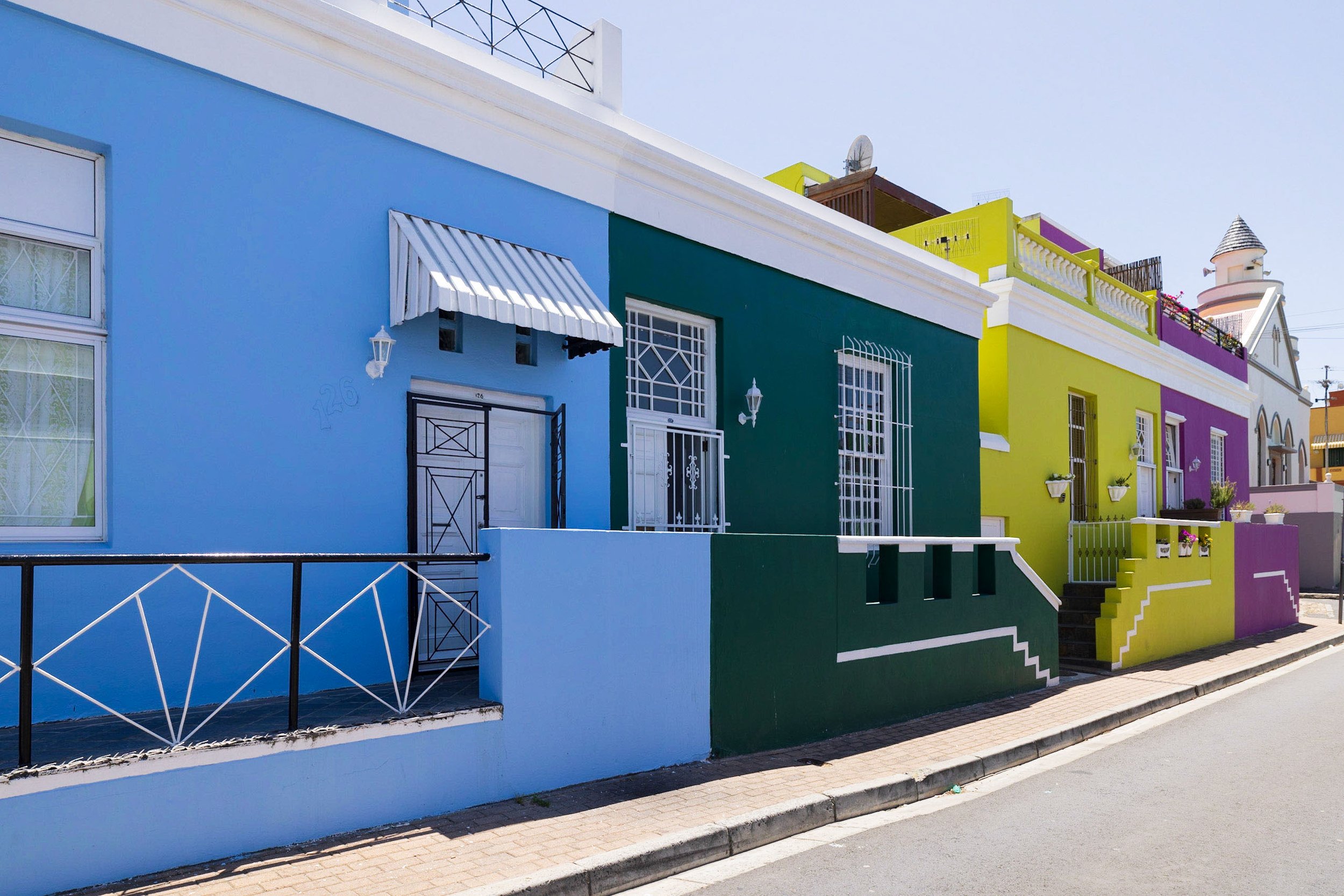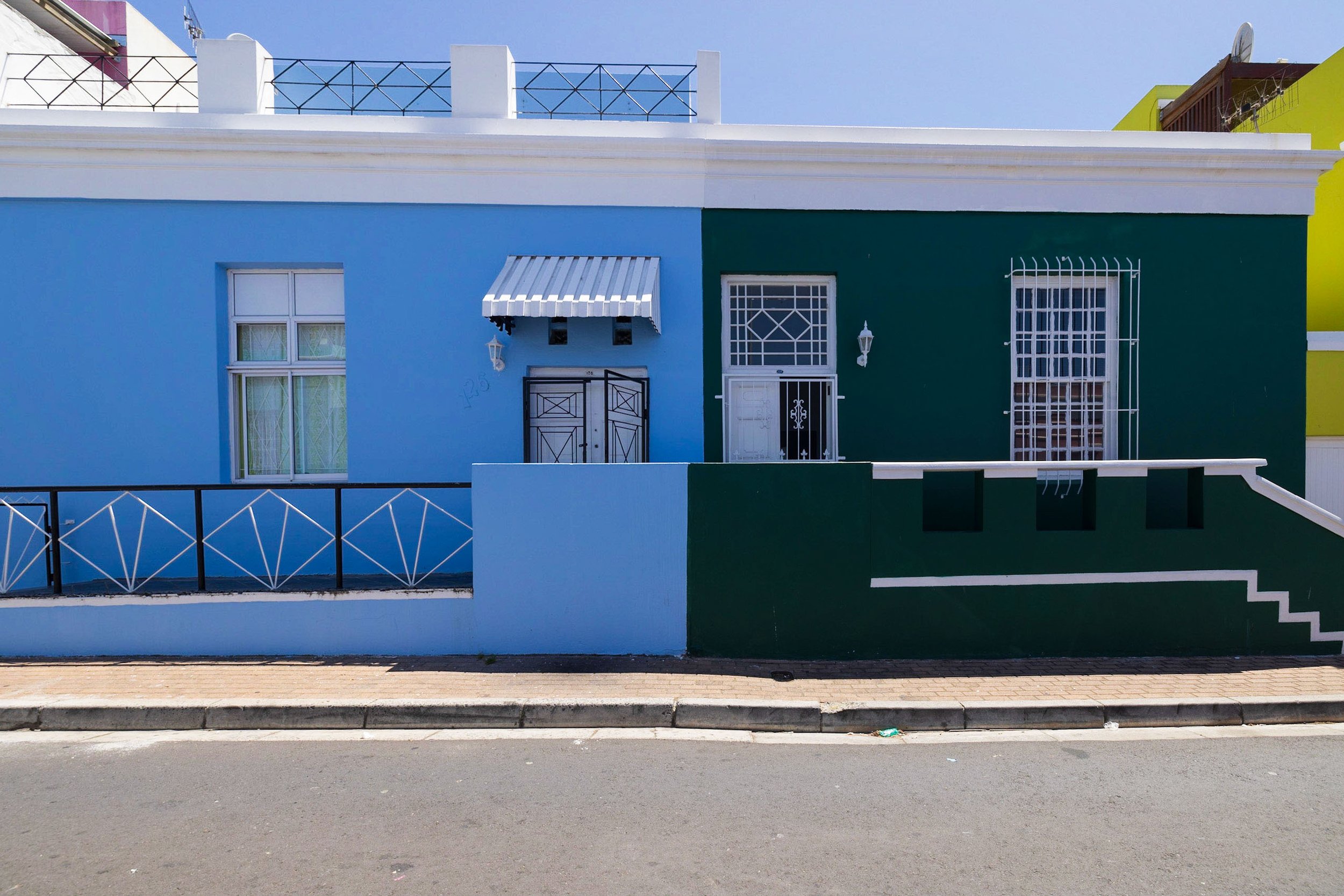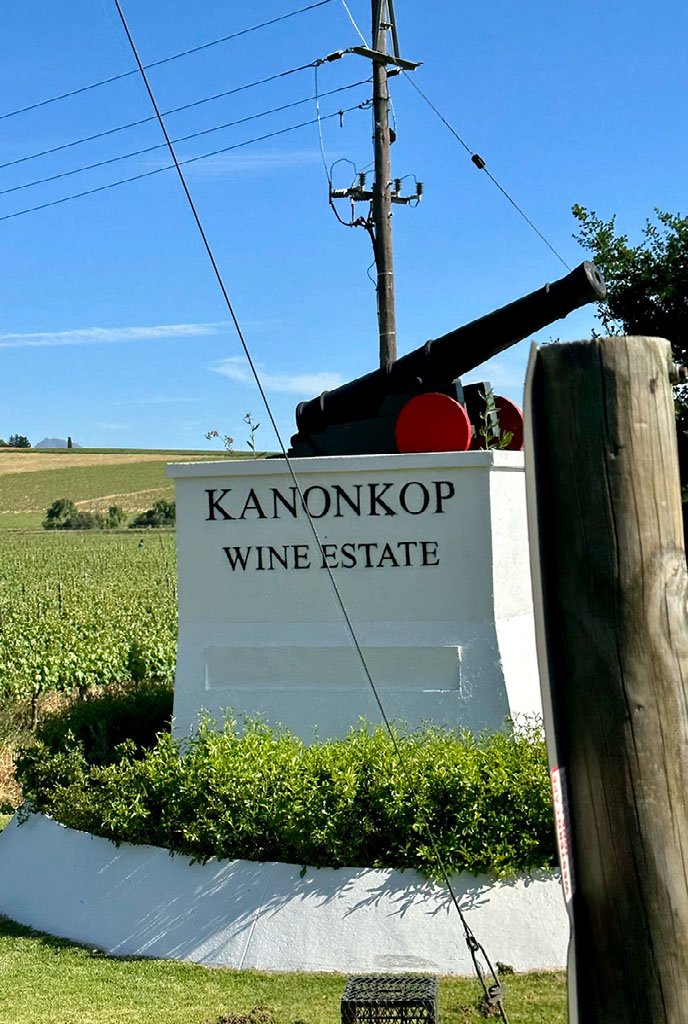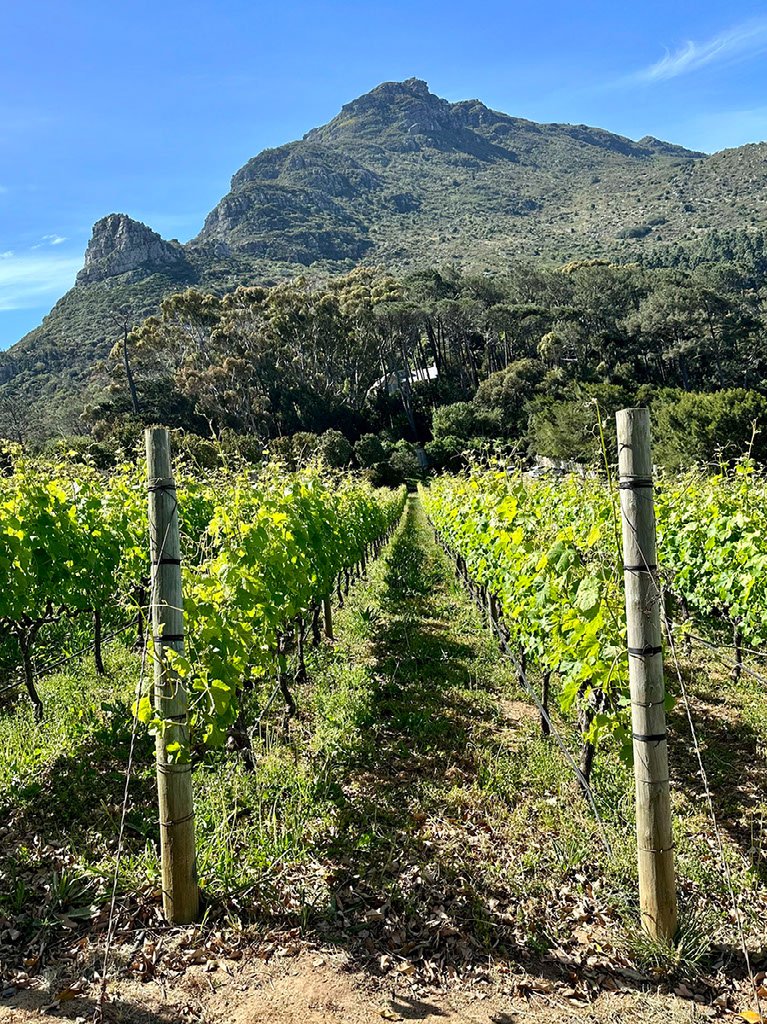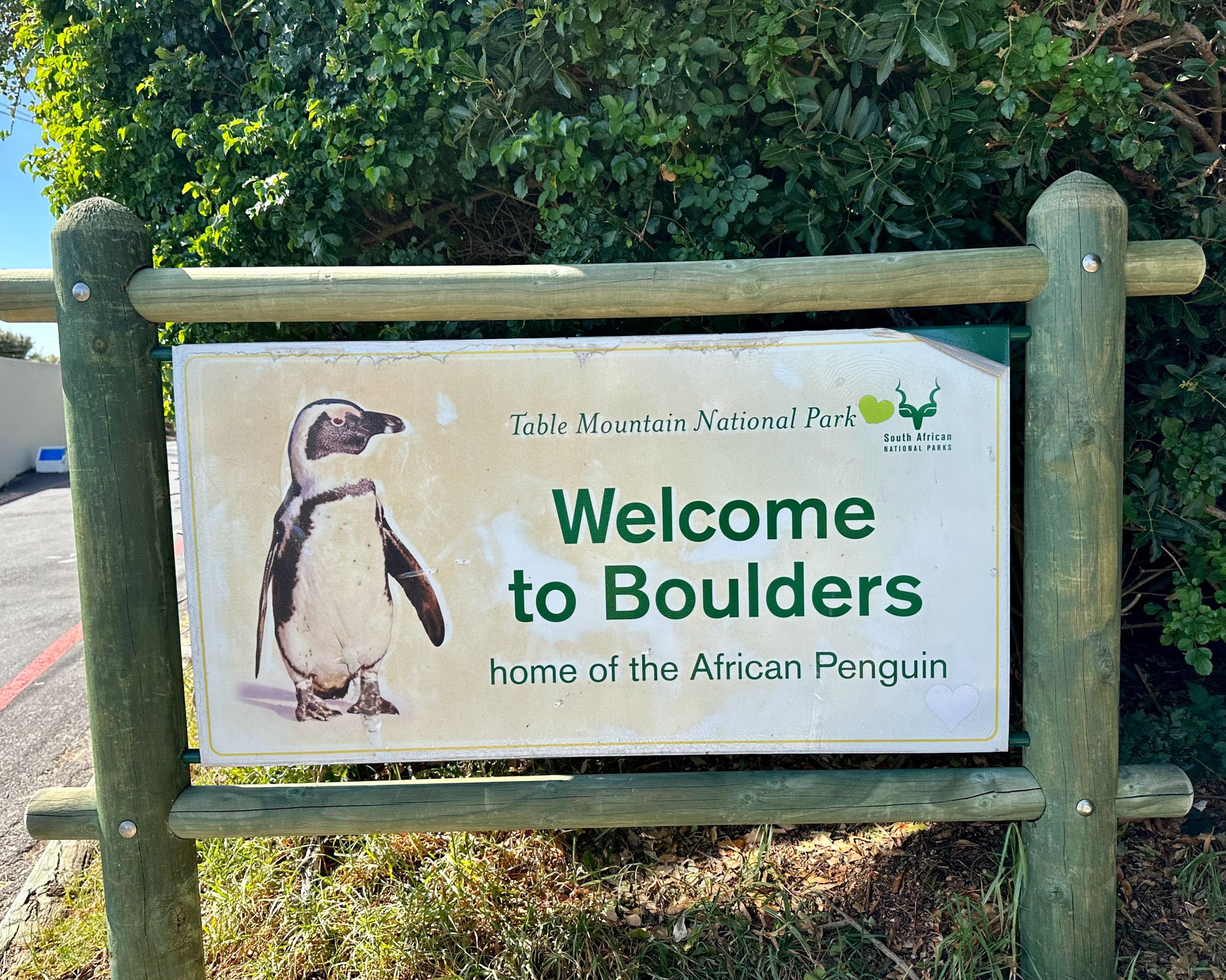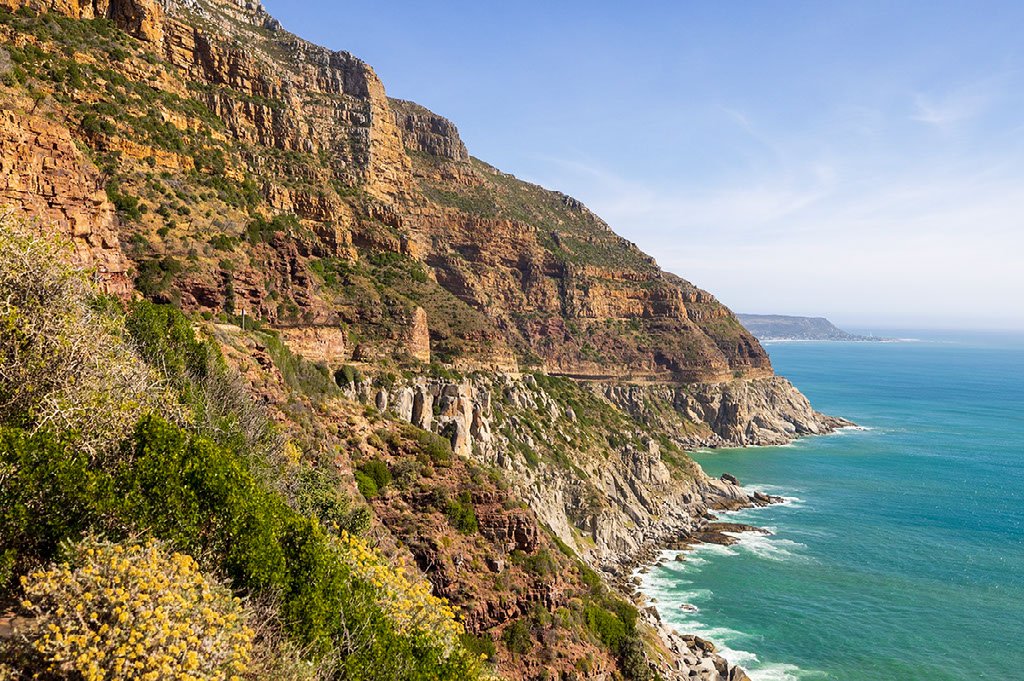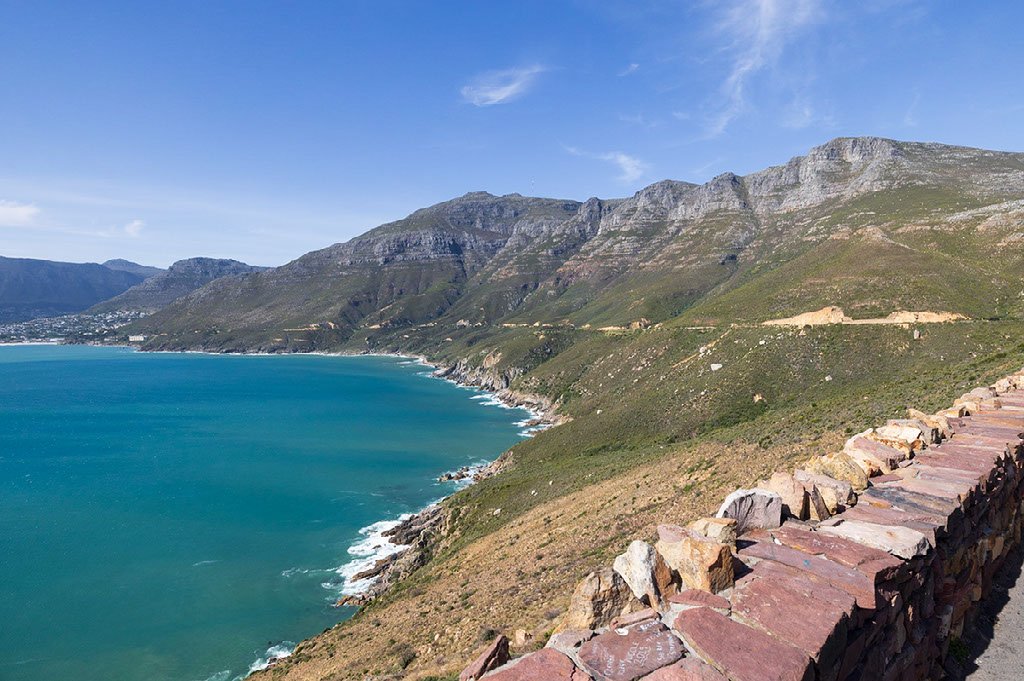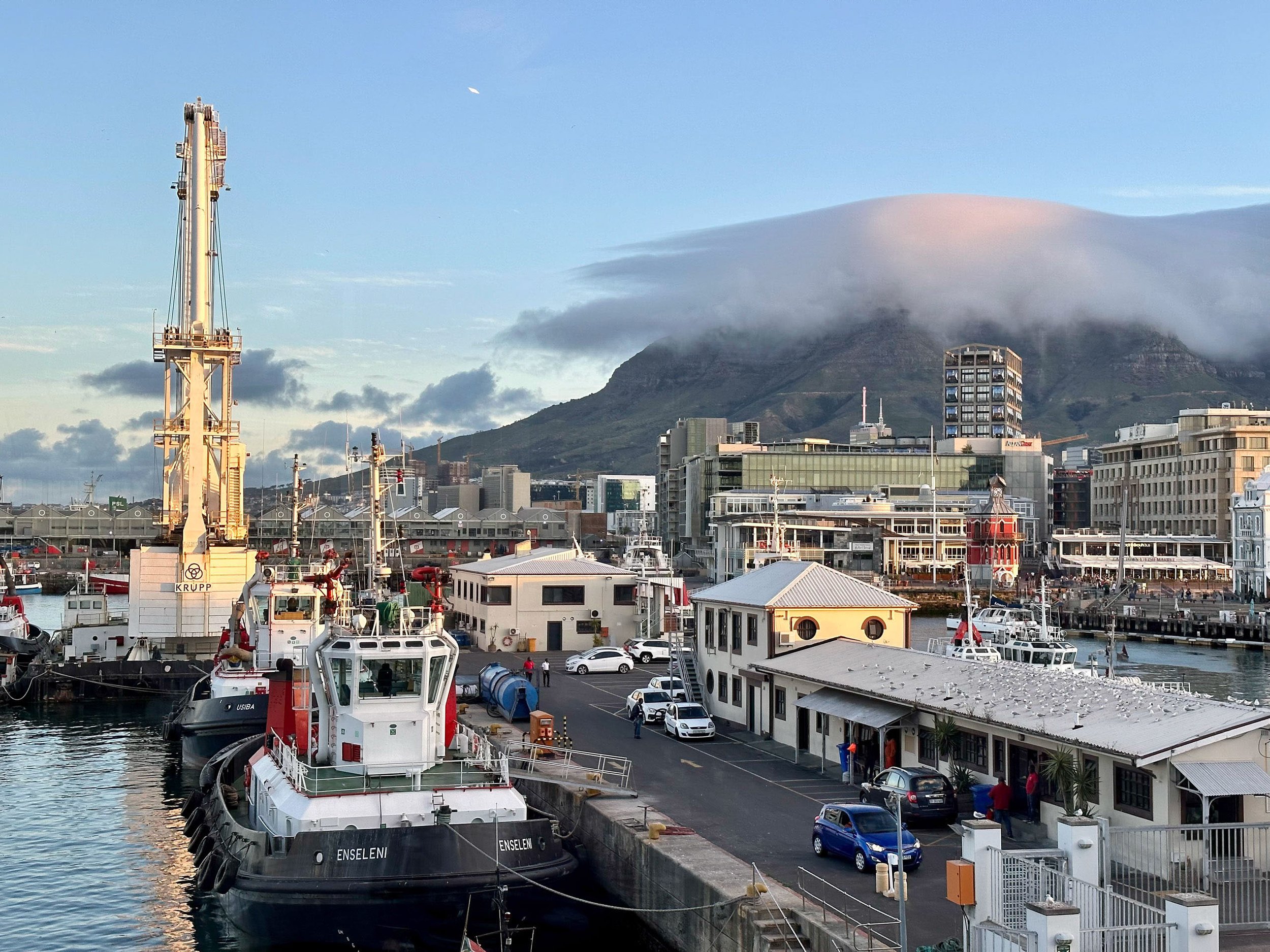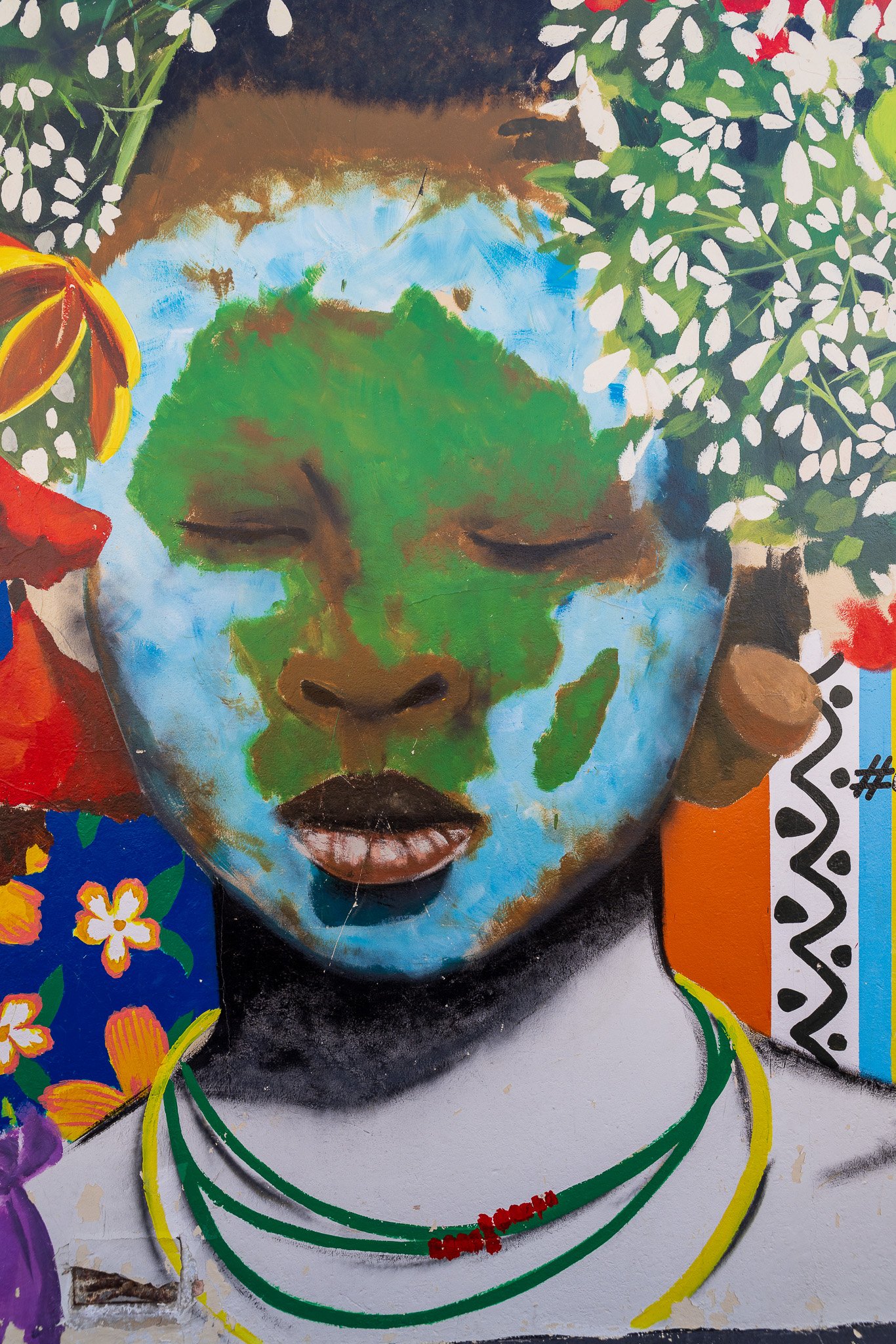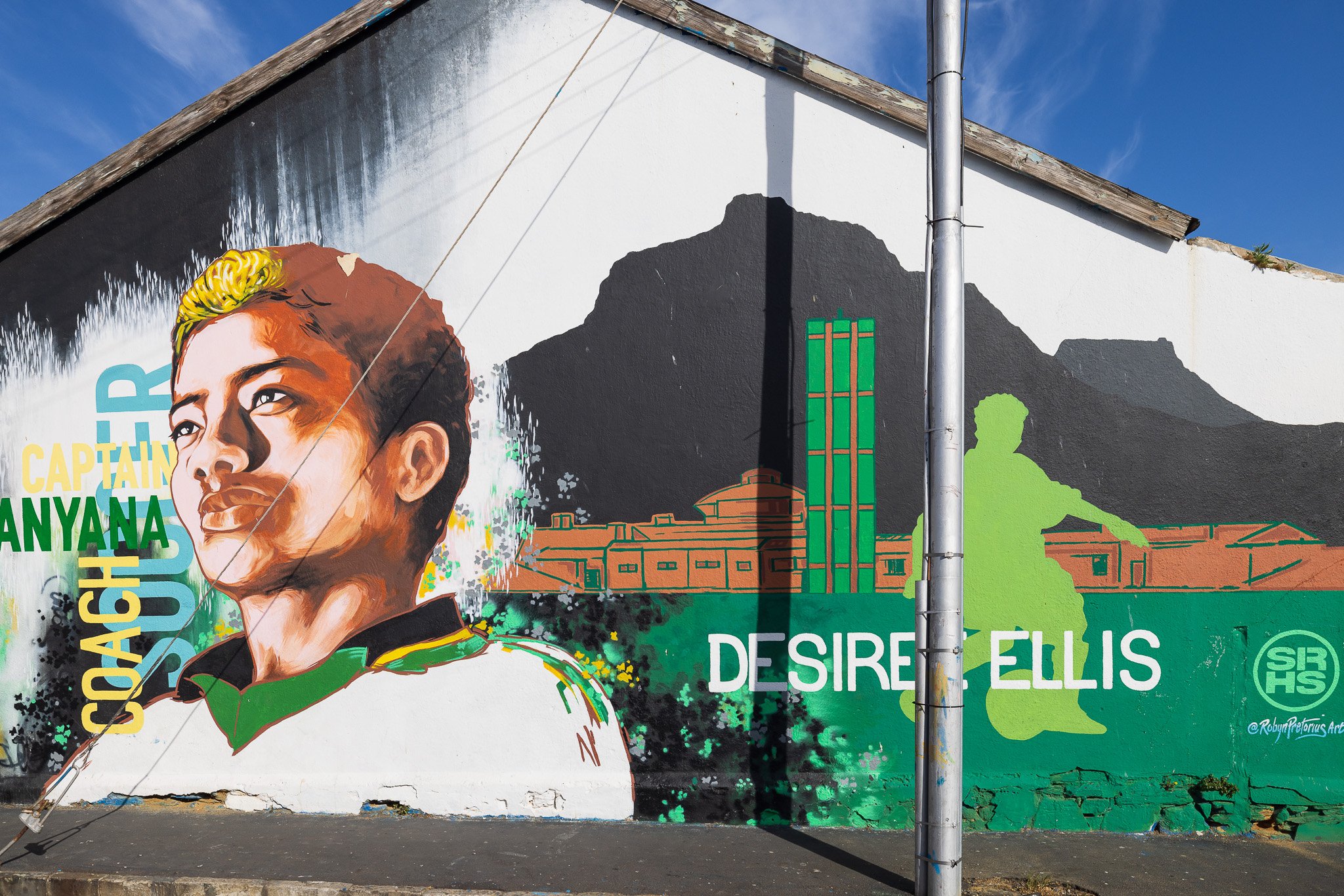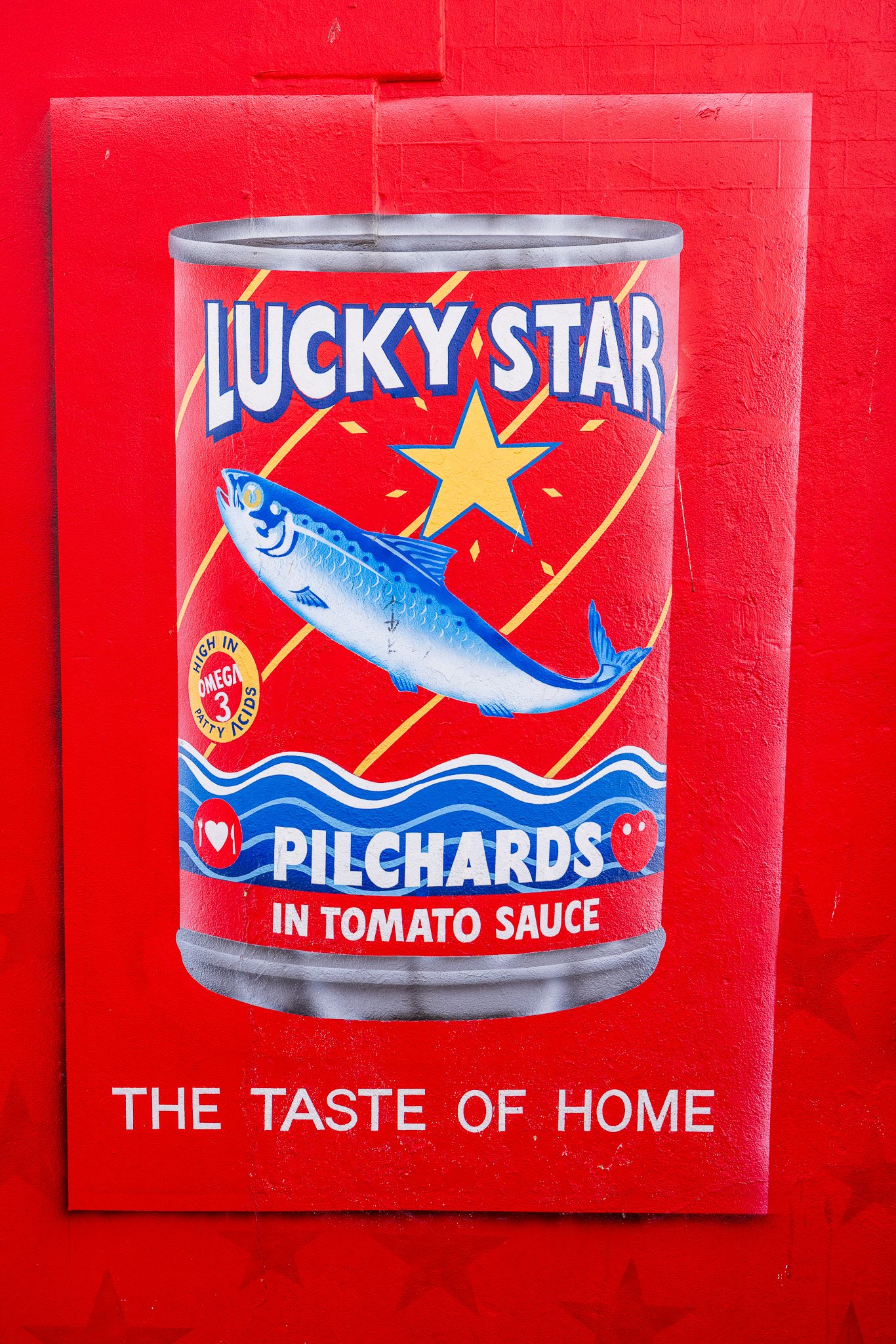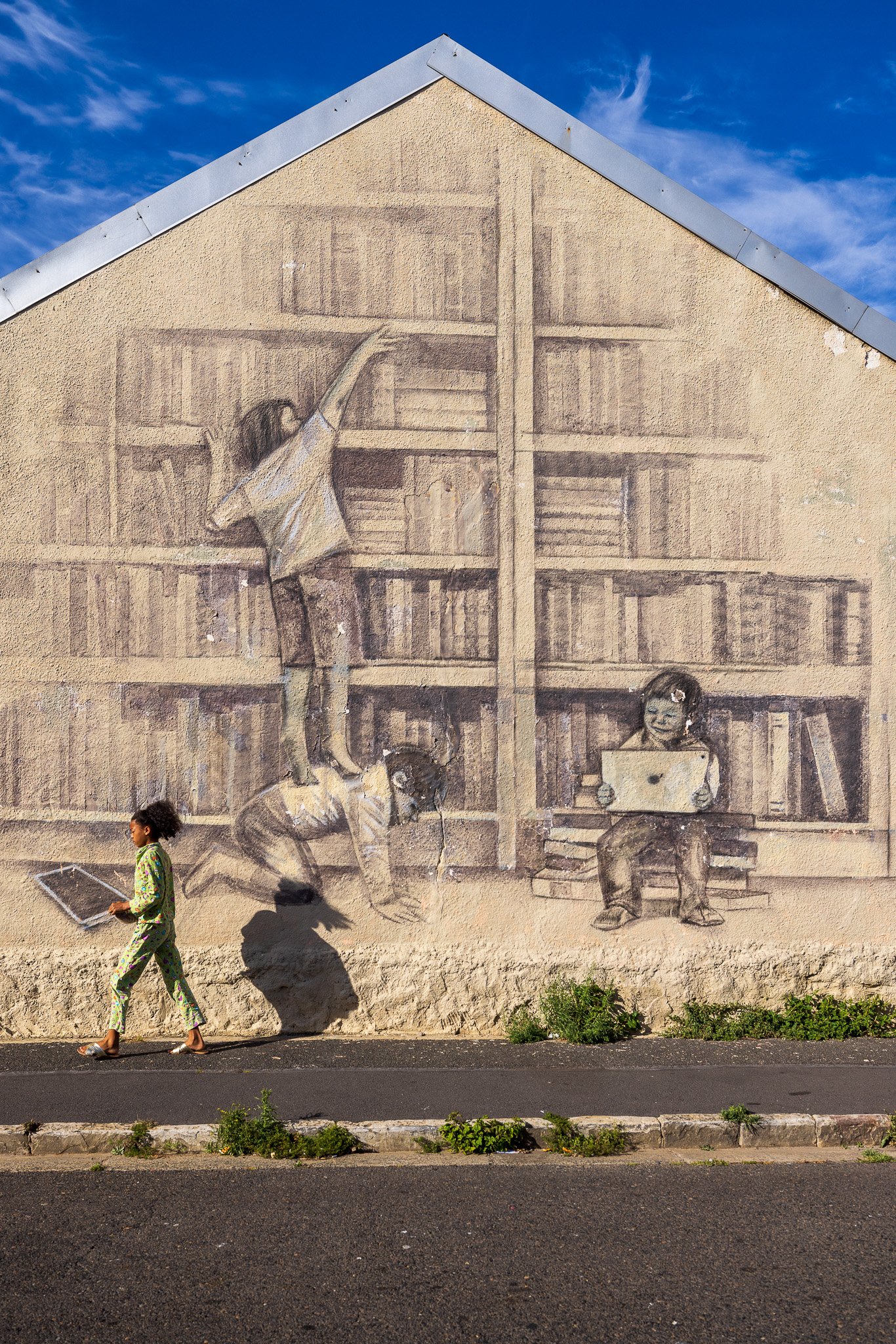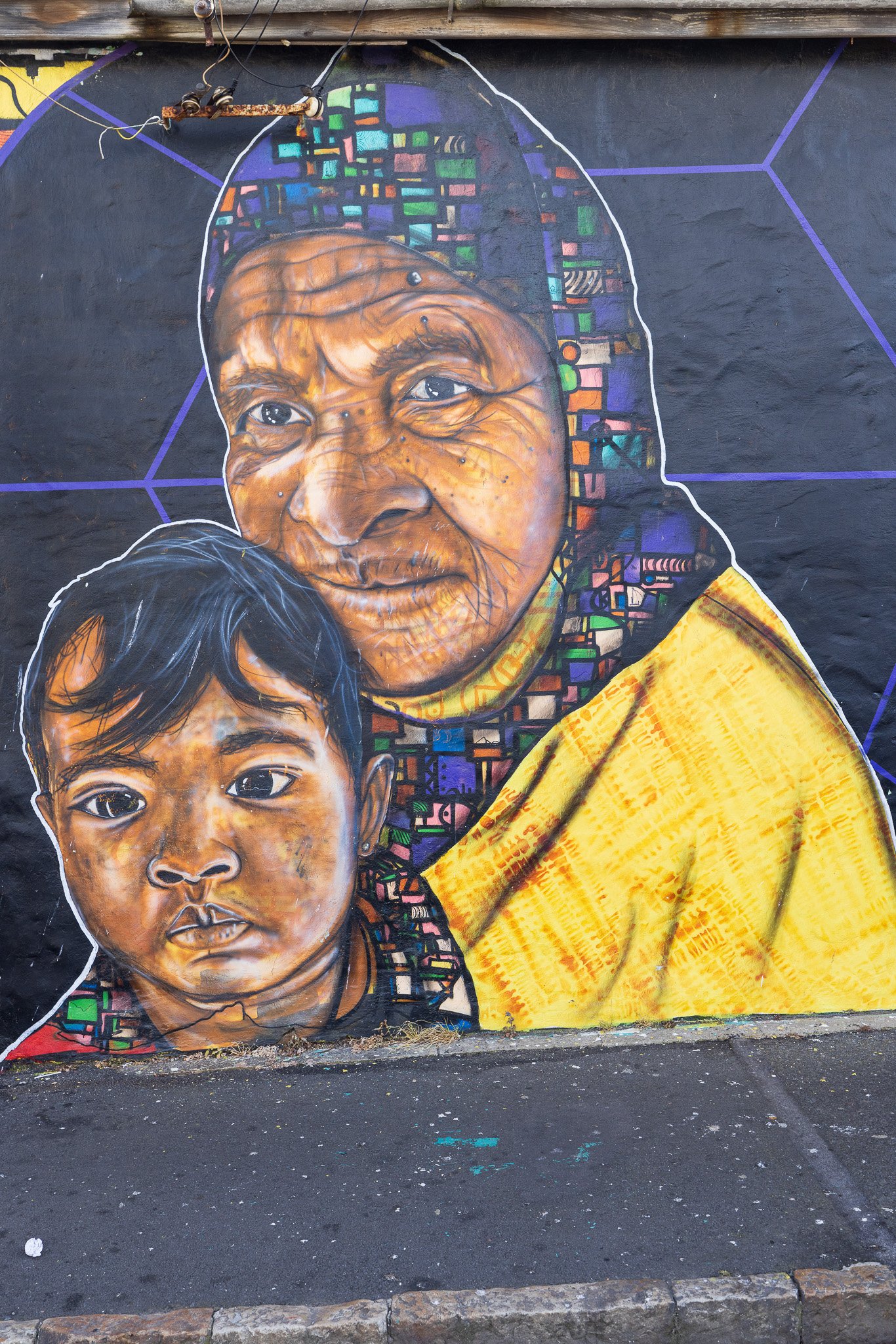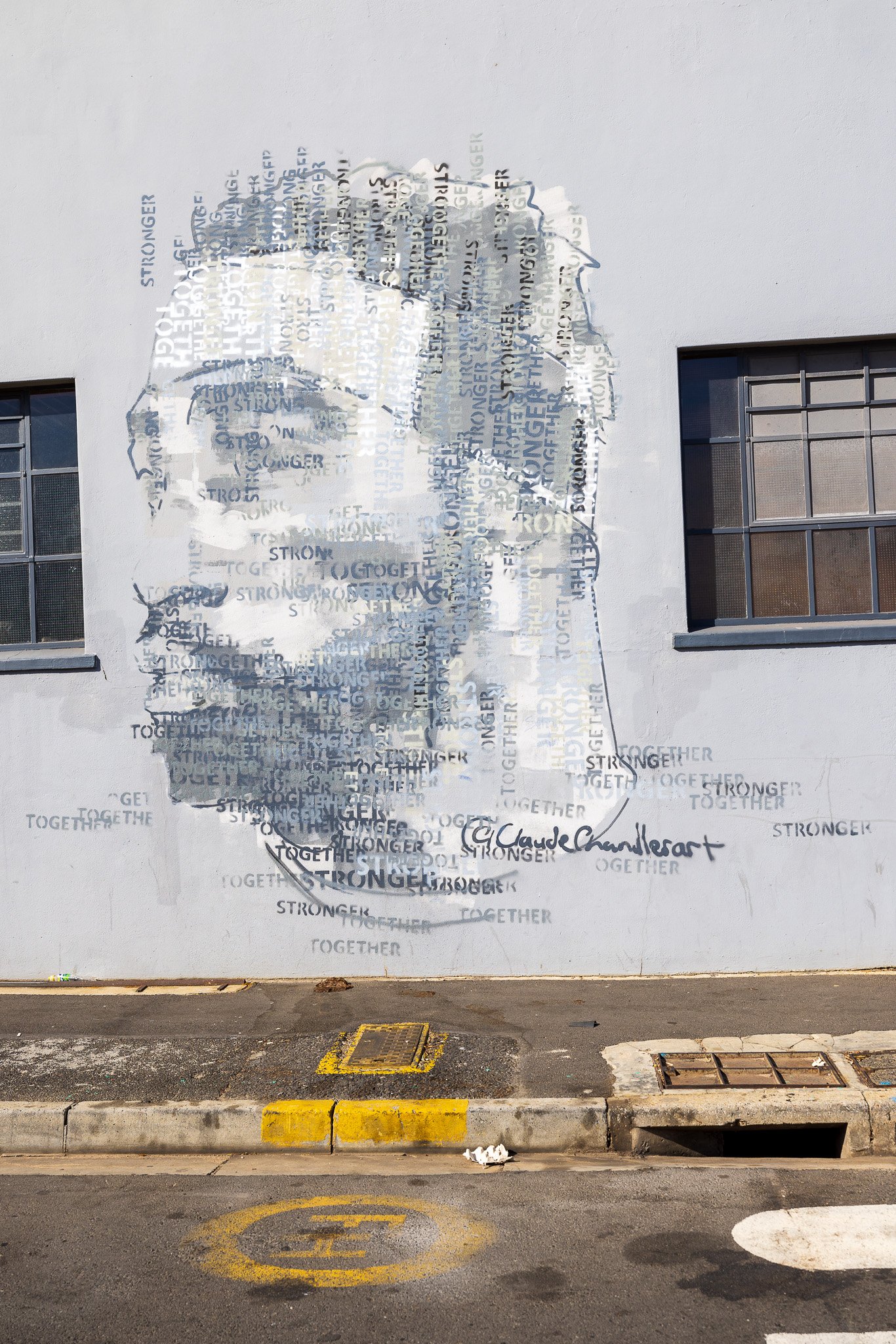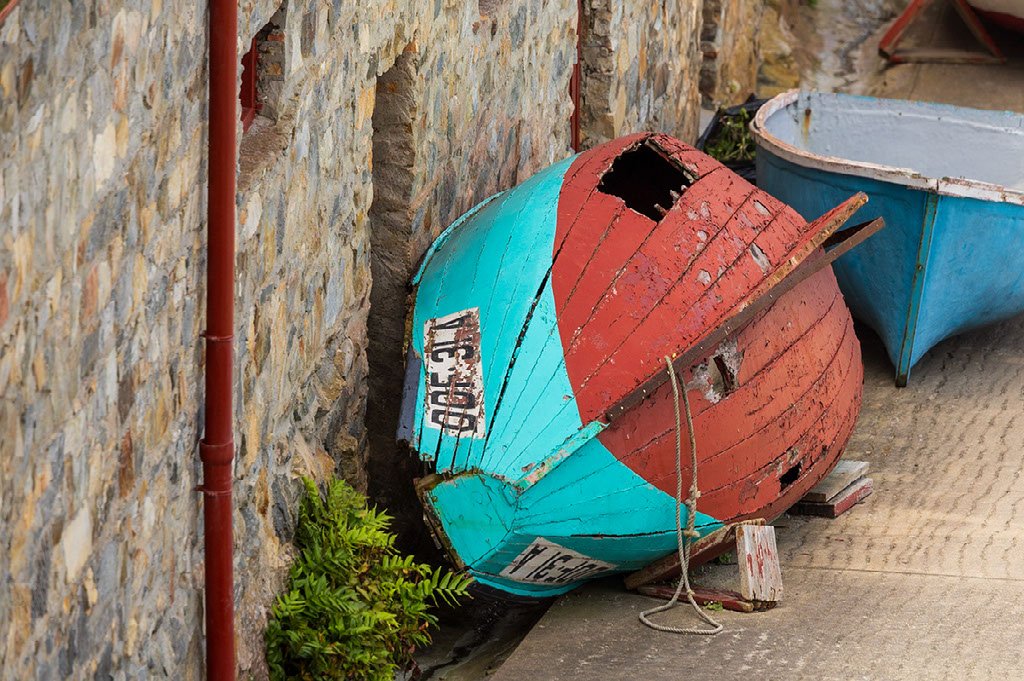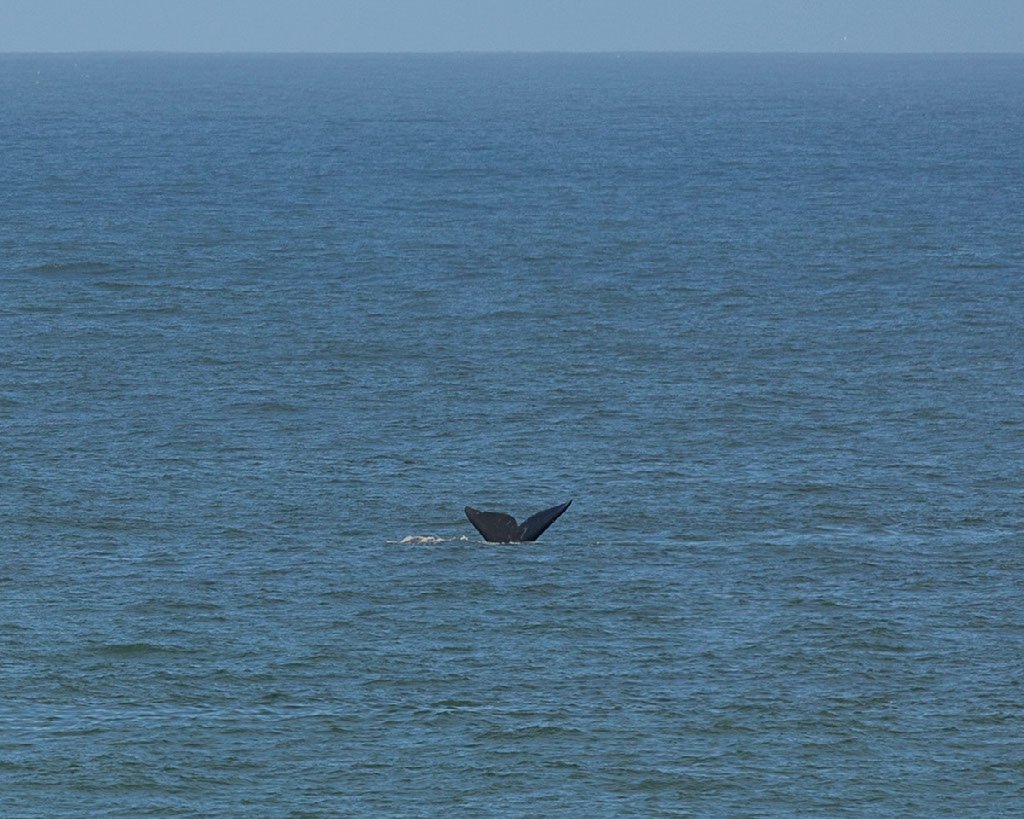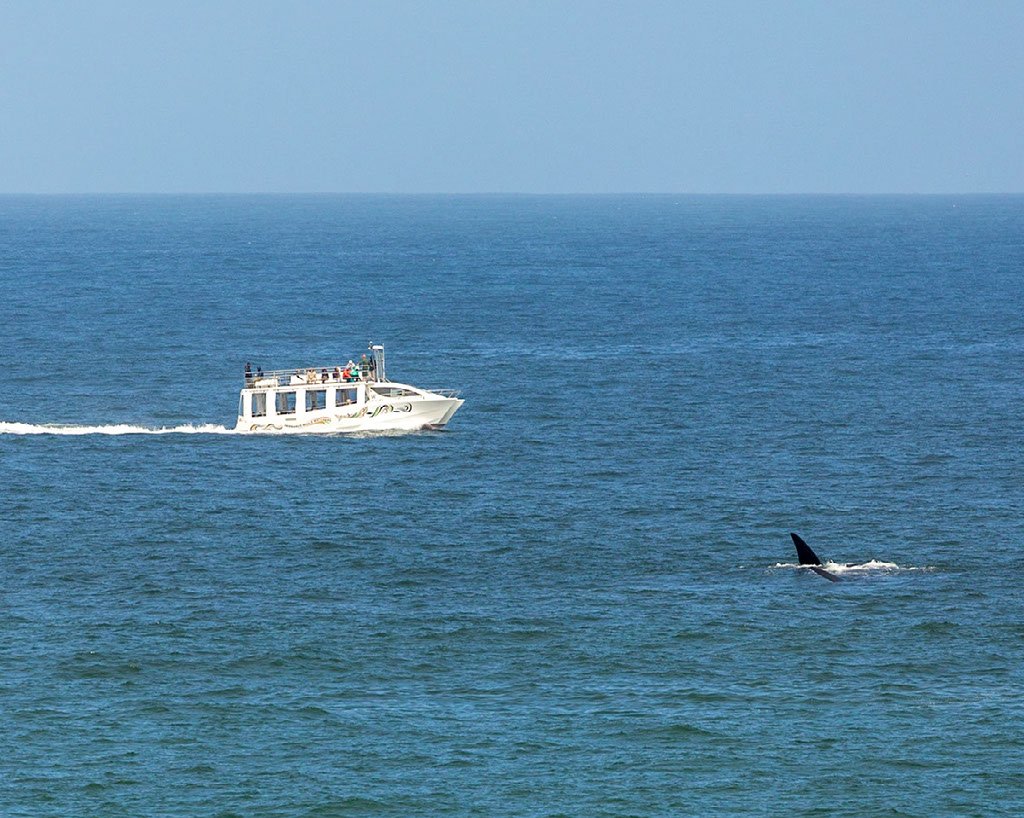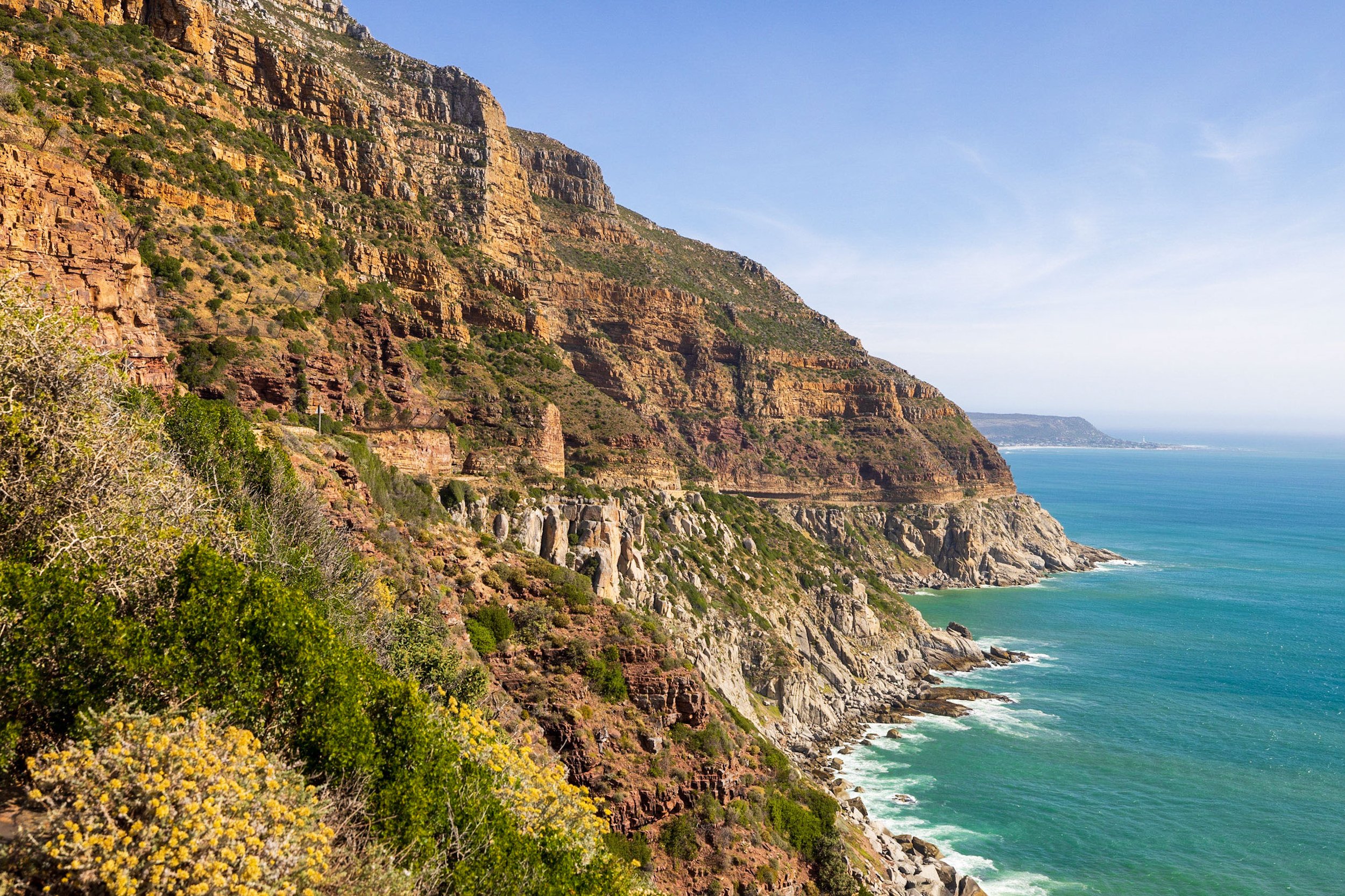My Photography & Travel Guide to Cape Town, South Africa
Updated June 2025
Cape Town had been on my travel bucket list for ages. We finally had the opportunity to visit and spend five days after our Namibia Safari adventure. Cape Town is an incredible location with so much to see and do! Throw in some delicious food and wine, and it's truly a gem.
It’s hard to land in Cape Town and not feel like you’ve arrived somewhere cinematic. Towering Table Mountain frames the skyline, while waves from two oceans lap at golden beaches below. Penguins waddle along the shores of Boulders Beach. The light—oh, the light—stretches golden across vineyards, pastel-painted neighborhoods, and clifftop views. For photographers and curious travelers alike, Cape Town is endlessly inspiring.
Cape Town is South Africa's crown jewel and the most European city on the African continent. When I worked at the World Bank, they considered South Africa part of the Southern Europe Department. I still need to understand that one!
Penguins in Boulder Beach
Founded by the Dutch East India Company in 1652, it was South Africa's first attempt at a modern metropolis, earning it the nickname "The Mother City." Because of its strategic location at the southwestern tip of Africa, it played an essential role in global trade for centuries.
With breathtaking coastal mountains, a spectacular coastline, African penguins, and incredible graffiti, Cape Town really is a photographer’s dream. It is one of the most beautiful cities in the world.
There certainly isn’t any shortage of incredible photography destinations in the beautiful country of South Africa. Whether you are into landscape photography, capturing stunning wildlife pictures, or prefer to capture cityscapes in creative street photography shots, South Africa has great places for you to do it all.
In this Photography Guide to Cape Town, we’ll explore the best photography spots in Cape Town, travel tips, hotel suggestions, gear advice, and where to find the city’s best meals and coffee breaks between shoots.
How long should you Stay?
Exploring a handful of the city's highlights in one or two days is possible, but five days should be the minimum length of stay to get the most out of Cape Town. Remember that some locations, such as Hermanus Bay, take a full day to visit.
Where to Stay
One of the most important decisions you will have to make when planning your trip to Cape Town is where to stay.
Best Area to Stay: City Bowl or Camps Bay
The City Bowl puts you close to downtown, Table Mountain, and colorful Bo-Kaap. If you prefer ocean views and sunsets, Camps Bay is the glamorous, beachy alternative—ideal for golden hour shots.
Luxury Hotels in Cape Town:
Ellerman House – Perched above Bantry Bay, it’s known for art, privacy, and epic views.
The Silo Hotel – A photographer’s dream, inside a former grain silo, atop the Zeitz MOCAA.
One&Only Cape Town – Waterfront luxury with direct views of Table Mountain.
Mid-Range Hotels:
Kloof Street Hotel – A stylish option with easy access to the City Bowl.
Cloud 9 Boutique Hotel & Spa – A charming base with a rooftop bar and mountain views.
Blackheath Lodge – Quirky, warm, and perfectly located near Sea Point.
We stayed at the One&Only Cape Town, which is a superb location in the heart of Cape Town. The hotel is situated just a 3-minute walk from the Victoria & Alfred Waterfront and has panoramic views of Table Mountain. The hotel is more of a resort with beautiful gardens and a swimming pool.
The property is within easy walking distance of the Waterfront’s main tourist attractions, as well as countless shops, restaurants & bars.
We arranged for the hotel to have a car pick us up from the airport. The hotel had arranged for Denzel (+27 78 975 4041) to pick us up. He is just an amazing, kind man. After spending just a few minutes with him, we asked the hotel if we could book him each day of our stay to drive us around Cape Town and the Cape. It was such a great decision. Not only is he knowledgeable, patient, and kind, but he also made us feel safe. Fortunately, hiring a driver in South Africa is very reasonably priced.
Best Time to Visit Cape Town
September to April offers long days, dry weather, and golden light. October and November bring blooming wildflowers. December to February are peak summer months, perfect for beach shots and street photography. Photographers may prefer shoulder seasons (March-April, September-November) for fewer crowds and softer light.
Bonus: The Cape Town International Jazz Festival in March and Minstrel Carnival in early January offer vibrant cultural shots.
Where to Eat
Cape Town’s food scene is as diverse and exciting as its landscapes—bold, creative, and deeply influenced by the city’s multicultural history. From traditional Cape Malay stews to modern wine-paired tasting menus, the flavors here tell stories of migration, heritage, and innovation.
A Taste of Cultures
Cape Town’s cuisine pulls from Dutch, Malaysian, Indian, African, and British roots. This creates dishes that are rich in spices, slow-cooked, and full of flavor. One of the most iconic local cuisines is Cape Malay—think fragrant curries, samoosas, and bobotie, a spiced meat pie with a custard topping. You’ll find these dishes especially around the Bo-Kaap neighborhood.
Where to Eat & Drink in Cape Town
Restaurants:
The Test Kitchen Fledglings – High-concept food with a social mission.
Kloof Street House – Magical ambiance in a Victorian mansion.
FYN – Afro-Japanese fine dining with skyline views.
Codfather – Camps Bay’s best seafood, ideal after a sunset shoot.
Mzansi – A home-style meal in Langa Township.
Biesmiellah - is a Cape Town institution where you can sample Cape Malay cooking, served by members of the multi-generational Osman family. Do not miss the samosas.
Baía Seafood Restaurant - is located in the V&A about 10 minutes from our hotel. Excellent food and service.
tashas - we have been to tashas in Dubai so many times. But its originally from Cape Town. Tashas offers reliably good meals, with this branch specialising in Spanish bites like patatas bravas and paella, along with the usual Tashas fare of Mediterranean sandwiches, salads and power bowls.
Beau Constantin - located in Stellenbosch - it is worth flying to Cape Town to eat there again. We had one of the most amazing meals of our lives here. Just so incredibly good!!
Coffee Shops:
Truth Coffee – Steampunk vibes, strong brew, and cool portraits. One of the best coffee houses we have ever visited--super kind people, beautifully decorated and just delicious
Origin Coffee Roasting – Cape Town’s third-wave coffee pioneer.
Molten Toffee – Cozy corner café with sidewalk seating.
Jason Bakery – A must for early morning pastries and people-watching.
Is Cape Town Safe?
Generally, Cape Town is very safe for photographers, especially in touristy spots. That said, be responsible, and don't leave gear unattended, or in places that it can be easily taken off (Like tables and front seats of the car)
At night I wouldn't walk around with camera gear. Be careful when you walk deep into Bo-Kaap, or Woodstock. I would avoid informal settlements or Townships unless accompanied by a guide.
What Photography Gear to Bring to Cape Town
Camera Bodies:
Canon EOS R5, Nikon Z7 II, or Sony A7R V
Recommended Lenses:
Wide-angle (16–35mm) – For cityscapes, Bo-Kaap, and interiors.
Standard zoom (24–70mm) – All-purpose lens for street, food, and travel.
Telephoto (70–200mm) – Great for capturing wildlife at Cape Point or candid portraits from a distance.
Accessories:
Lightweight tripod for sunrise/sunset.
Circular polarizer to handle harsh midday sun.
Drone: Allowed with restrictions—get permission and avoid national parks or densely populated areas.
Photography Locations
Table Mountain National Park
One of the most popular sights to see in the Cape Town area is undoubtedly the incredible Table Mountain National Park. This beautiful flat-topped mountain cradles the city of Cape Town and forms a beautiful backdrop to the city. It is also an incredible place to photograph the city from above, which is why getting to the top of Table Mountain is such a popular activity for visitors.
You will get amazing images from on top of Table Mountain. The quickest and easiest way to get to the top is via the Cable Car up. The Cable Car takes you right to the peak and most of the best images you will take on top of Table Mountain will be less than a 5-minute walk once you are on the top.
Lions's Head
In addition to being one of the top Cape Town photography spots, Lion’s Head is also one of the city’s most recognizable landmarks. Located between Table Mountain and Signal Hill, this charismatic mountain reaches 2,194 feet (or 669-meters) above sea level and forms part of the dramatic backdrop that makes Cape Town’s coastline so iconic.
There are many incredible places to photograph Lion’s Head throughout the city, but there are also several viewpoints nearby that offer incredible views of the coastline as well. Its pointed peak is said to resemble that of the head of a sitting lion.
Kirstenbosch National Botanical Garden, Cape Town, Western Cape, South Africa
If you love to photograph beautiful flowers and gorgeous landscapes, then one of the top Cape Town photography spots that you will want to visit during your stay is the Kirstenbosch National Botanical Garden, located just outside the city. Located in the southern suburbs, these gardens were established over 300 years ago and have more than 22,000 types of plants found on the African continent.
This place looks like a setting from a movie. 🎬 One of South Africa’s most famous botanical gardens, Kirstenbosch displays wonderfully diverse flora, mostly made up of indigenous South African species, right at the foot of Table Mountain, which naturally adds to the grandeur of the scenery.
Explore the many trails to find great photography spots. Wildlife is also abundant in the area; wherever you go, the surroundings are nothing less than awe-inspiring.
One of our favorite places is the Tree Canopy Walkway, a 130-meter-long walking platform twelve meters above the ground that cuts through the canopies. The panoramas from up there are incredible, especially the views of Table Mountain.
Bo-Kaap
I love taking pictures in Bo-Kaap. Bo-Kaap is a vibrant area full of colorful homes in the heart of downtown Cape Town.
Known as the Malay Quarter, Bo-Kaap is one of the most photogenic places in Cape Town—all the houses are painted in different colors! Bo-Kaap’s steep cobbled streets are lined with brightly colored houses boasting a mix of Cape Dutch and Cape Georgian architectural styles. The oldest house has become the Bo-Kaap Museum, where you can learn about the area’s history.
Bo-Kaap is a former segregated area. In the 18th century, rental houses were only built and leased to enslaved people, called Cape Malays; they came from neighboring African countries, as well as Malaysia and Indonesia, to work in Cape Town. While on a lease, the houses had to be painted white, but when the Cape Malays were allowed to buy the properties, they painted them in bright colors to celebrate their freedom. Many of their descendants still live in the area, which means their culture is pretty much still alive.
There are a lot of interesting people, graffiti, Mosques, and food. Bo-Kaap is one of the richest cultural areas in Cape Town.
Stellenbosch
Just a 45-minute drive away from Cape Town lies one of the best wine regions in the world. Stellenbosch is a university town in South Africa's Western Cape province.
South Africa has many crown jewels, and the stunning Stellenbosch wine region happens to be one of them. The wine region has a rich heritage, splendid landscapes, a lively university, and of course fine restaurants paired with beautiful wine.
This region, one of the oldest wine regions outside of Europe, is famous for its Pinotage, a bold red wine birthed in South Africa. Even if you don't drink alcohol, it's a scenic drive through pastoral communities, including Stellenbosch, a 350-year-old university town filled with Cape Dutch architecture.
Muizenberg
Muizenberg is such a beautiful little town. It is mainly a surf town; most of the buildings and houses are the original ones. The colorful beach houses have become an iconic Cape Town image.
Boulder Beach (Penguins)
While you’re in Cape Town, you won’t want to pass up seeing the area’s cutest inhabitants: African penguins! This colony is home to over 3,000 penguins. They live at Boulders Beach Park, and you can view them from a raised boardwalk. Just keep in mind that they are wild animals and the beach is their home, not yours. Keep your distance and don’t try to feed or pet them.
If you like the idea of spotting African penguins, Boulders Beach is the place to go. A 50-minute drive from Cape Town, near historic Simon’s Town, the beach is the only place in the world where you can get really close to these adorable creatures. Even better if this happens while you’re surrounded by turquoise waters and beautiful boulders, right? After paying a fee destined for protecting the animals, from a wooden deck, you can watch the penguins swimming and waddling. 🐧
Hout Bay- Chapman's Peak Drive
The most beautiful road in the world, I think so. With so much spectacular landscape surrounding Cape Town, there are several incredible drives that you can take around the city to experience some of the best Cape Town photography spots.
Chapmans Peak feels a lot like Big Sur in California. The viewpoint at the top is spectacular, both looking down Chapmans Peak and the view of Hout Bay.
One of the most popular of these drives is the renowned Chapman’s Peak drive. Stretching from Hout Bay in the North to Noordhoek in the South, the Chapman’s Peak drive offers visitors a wide range of incredible viewpoints in which to photograph the bay and its beautiful coastline. If you love to be on the coast and photograph beautiful coastlines, you won’t want to miss out on this drive when you visit Cape Town.
Victoria & Alfred Waterfront
A destination in itself, the V&A Waterfront is home to an indoor and outdoor mall featuring more than 450 retail stores.
Besides an incredible variety of restaurants, pubs, shops, and museums, the area also has terrific views of the Table Mountains.
After you have spent a long day exploring the Cape Peninsula or hiking to the top of Table Mountain or Lion’s Head, I can think of no way to wind down the day better than spending some time at the Victoria and Alfred (V&A) Waterfront. It is a great place to eat, shop, listen to live music, and just people-watch.
Salt River Graffiti
The Old Biscuit Mill is a heartfelt collaboration between chefs, designers, photographers, and other artists in and around town. Once a biscuit factory, it now hosts a market featuring more than 100 specialty traders every Saturday. I met my guide here and we took a 2 hour walk through the area.
Salt River has murals by many of South Africa’s and the world’s best street and graffiti artists. There are 140 approx. Some colossal in size, others tiny – the content varies enormously from the political to the decorative.
““Imagine a city ... where every street was awash with a million colors and little phrases,”...”
I would highly recommend taking a guide that will explain to you each of the artwork pieces you are seeing.
Hermonis Beach
The number one reason to visit Hermanus is to catch a glimpse of the southern right whales that populate Walker Bay from June to early December. On the south coast of South Africa’s Western Cape province lies Hermanus, a tourist hotspot that’s part luxury holiday resort, part old-fashioned fishermen’s village. The town overlooks Walker Bay, where southern right whales congregate every year between June and December.
Consequently, Hermanus has earned a reputation as the best land-based whale-watching destination in Africa; if not the world. Whales aren’t the only reason to visit, however. Hermanus is also known for its gourmet restaurants, fertile winelands, and an impressive selection of boutique shops and galleries. All of its many charms combine to make it one of the highlights on the road between Cape Town and the start of the Garden Route in Mossel Bay.
The whales migrate annually to South Africa’s Cape Whale Coast from their feeding grounds in Antarctica, and spend their time here mating, calving, and raising their young. The Hermanus Cliff Path and Gearing’s Point both provide elevated vantage points where spectators watch as whales play just a few hundred feet from shore. The town even has its own Whale Crier, who alerts locals and tourists whenever a whale is spotted by blowing into a kelp horn.
Final Thoughts
Cape Town is one of those rare places where every turn feels like a potential masterpiece. Whether you’re chasing light over the Twelve Apostles or sipping coffee in a sun-dappled courtyard in Gardens, this city rewards the patient, the curious, and the creatively inclined.
📬 Want more travel and photography tips? Subscribe to my newsletter here.
📚 If you enjoyed this guide to Cape Town, you can explore my other Photography and Travel Guides here.






